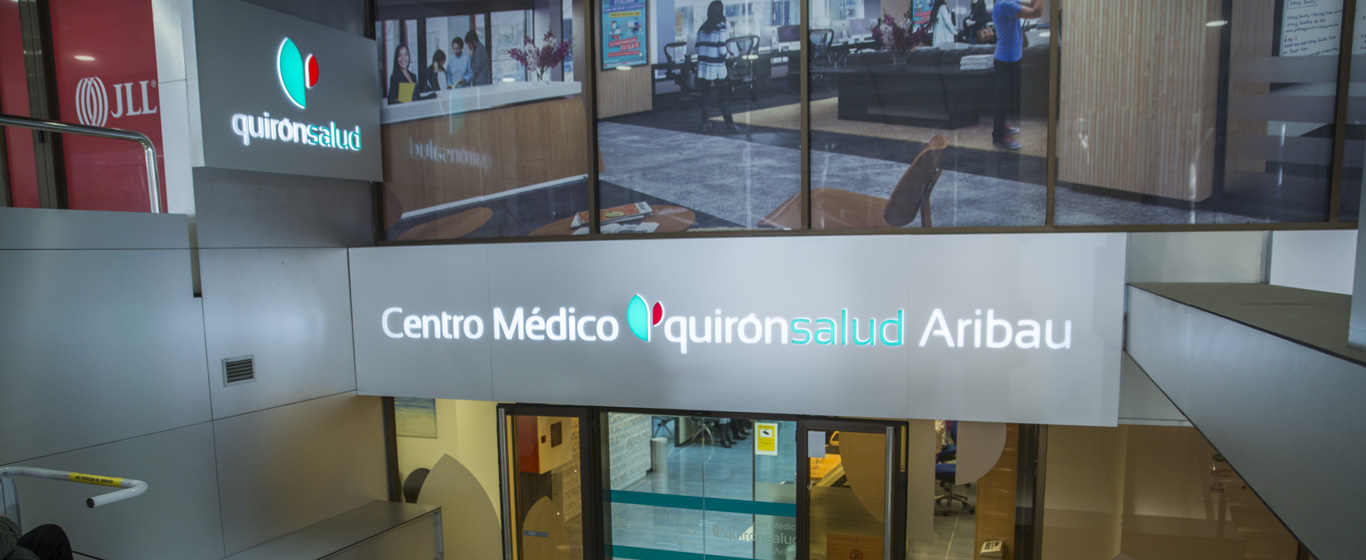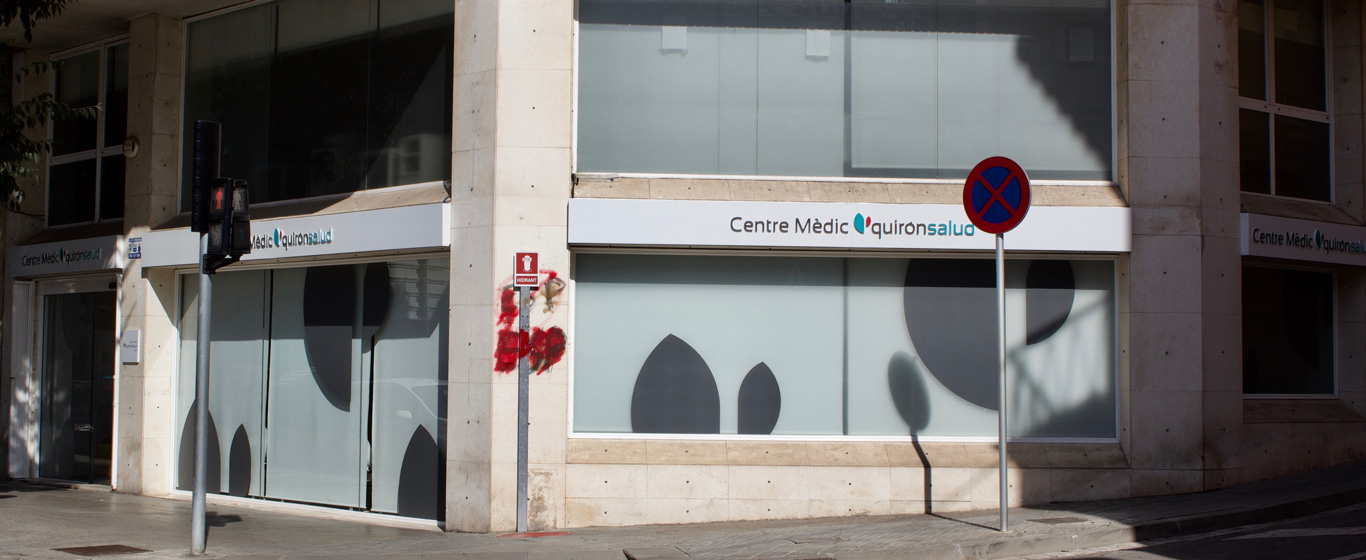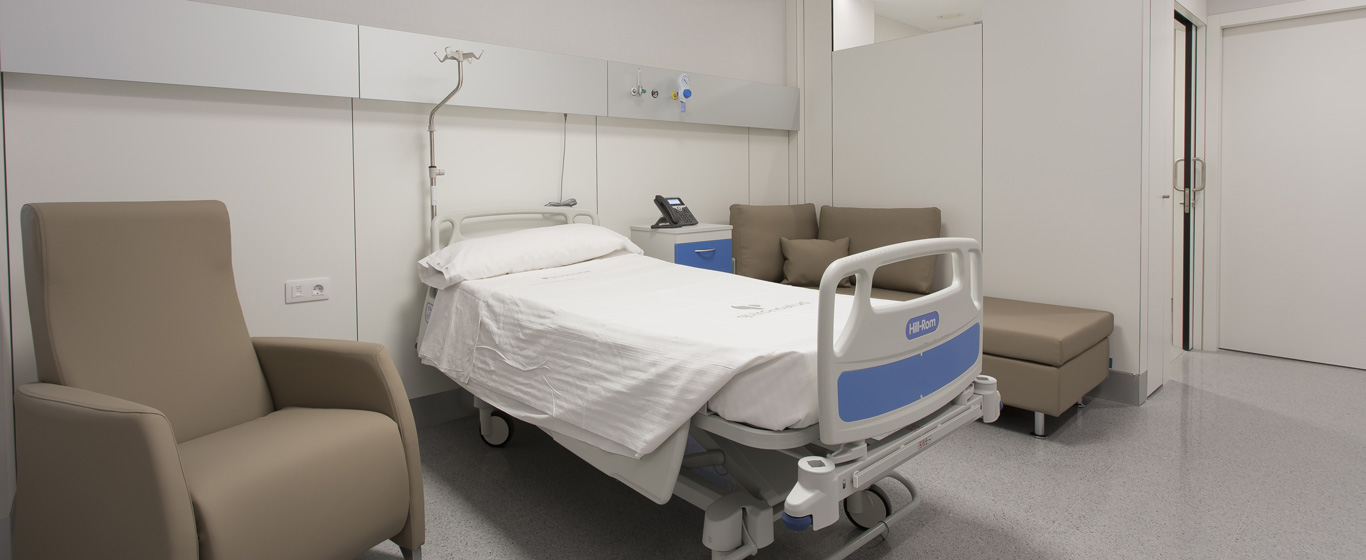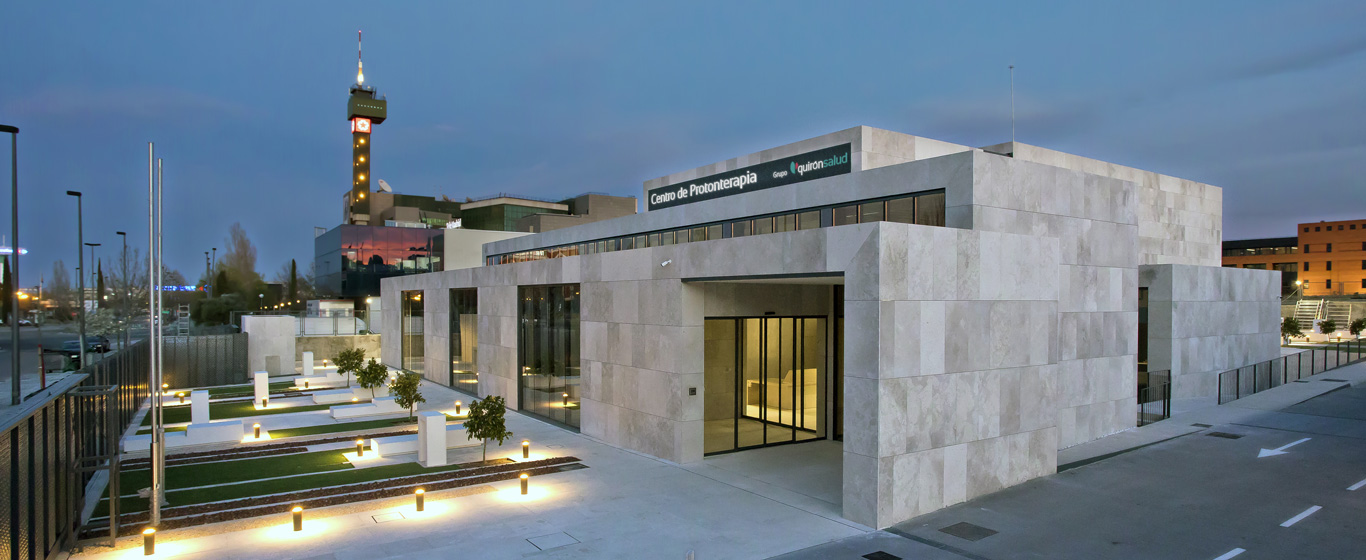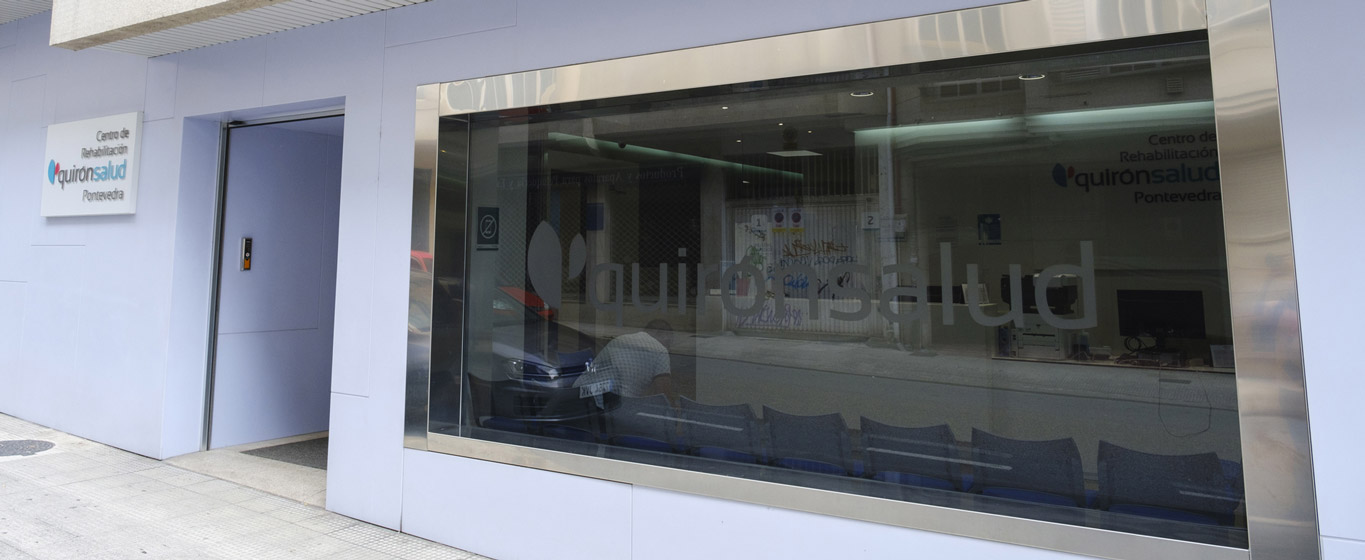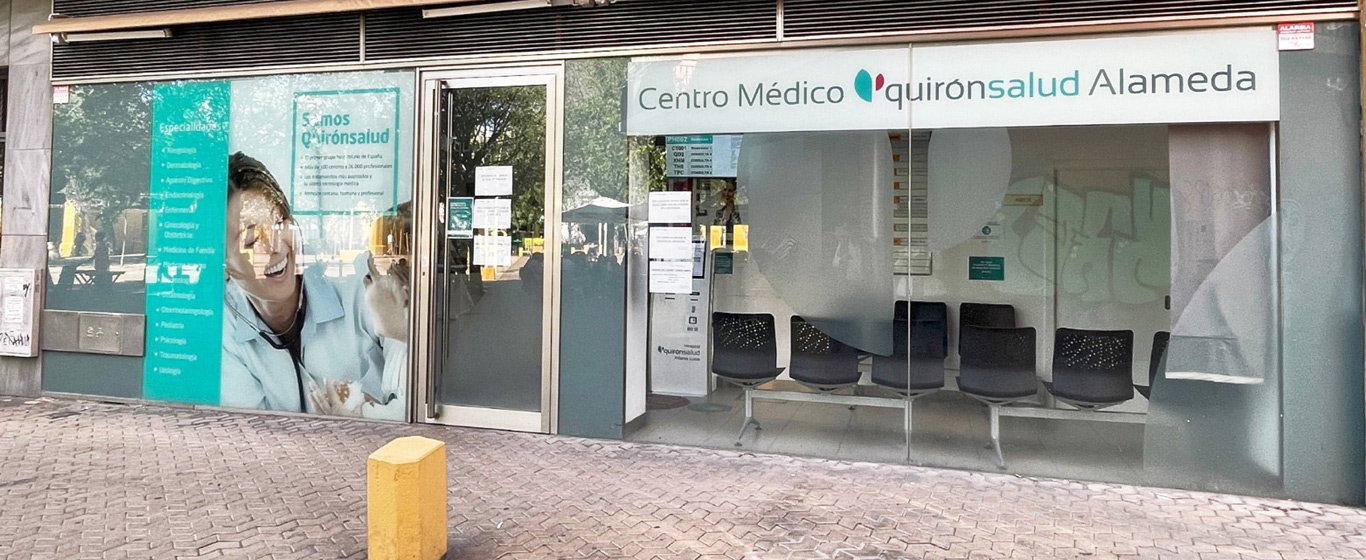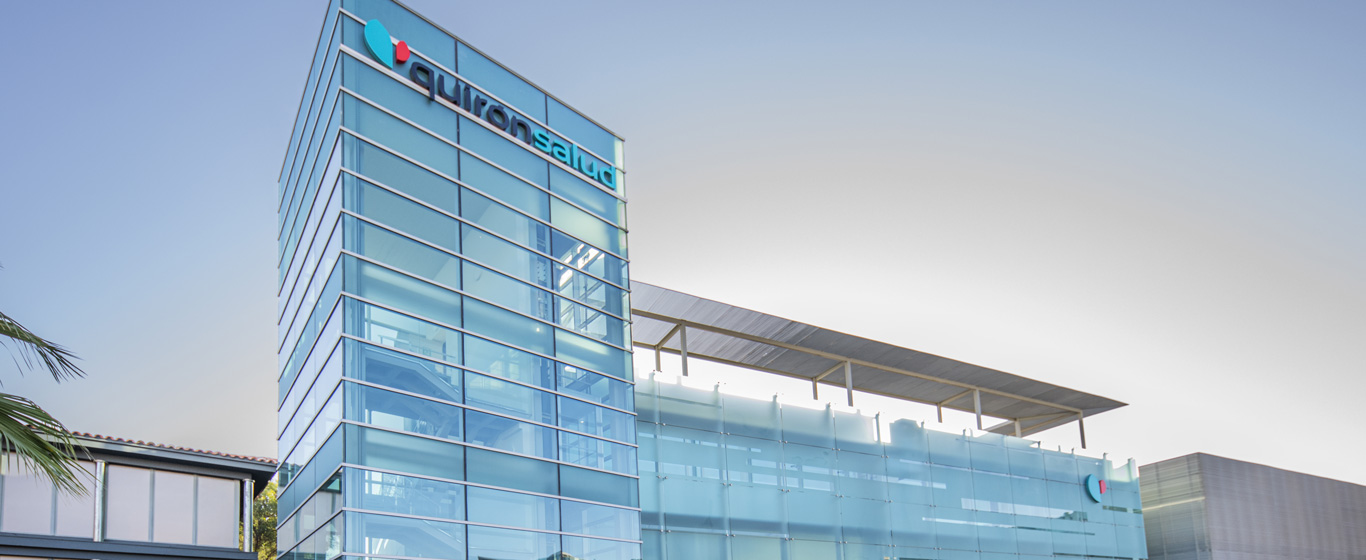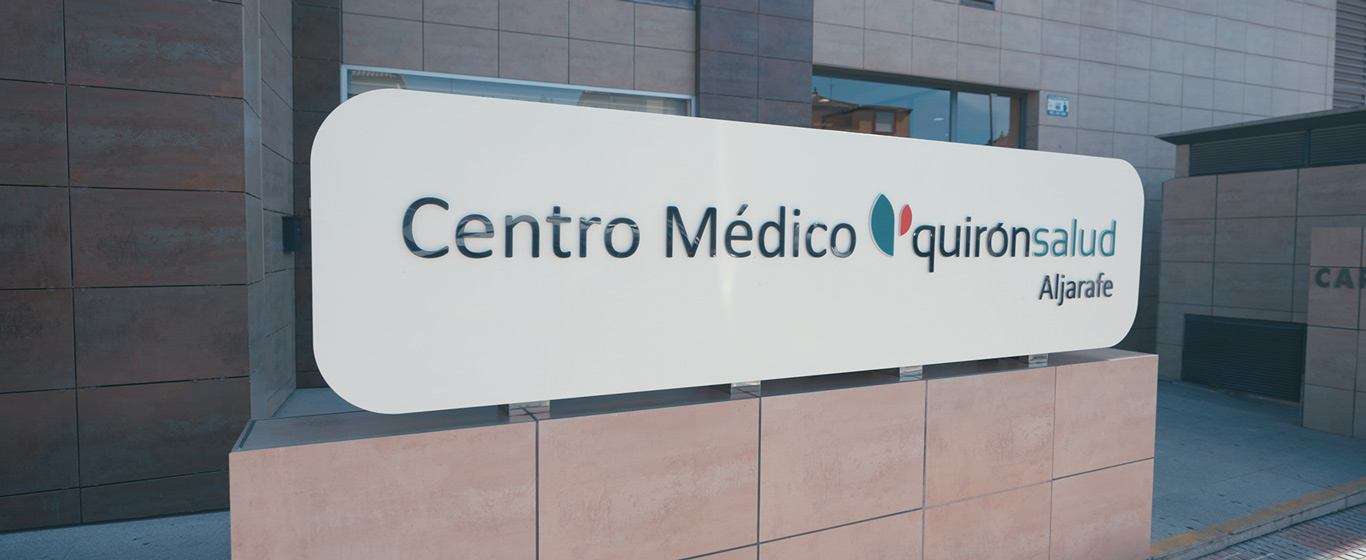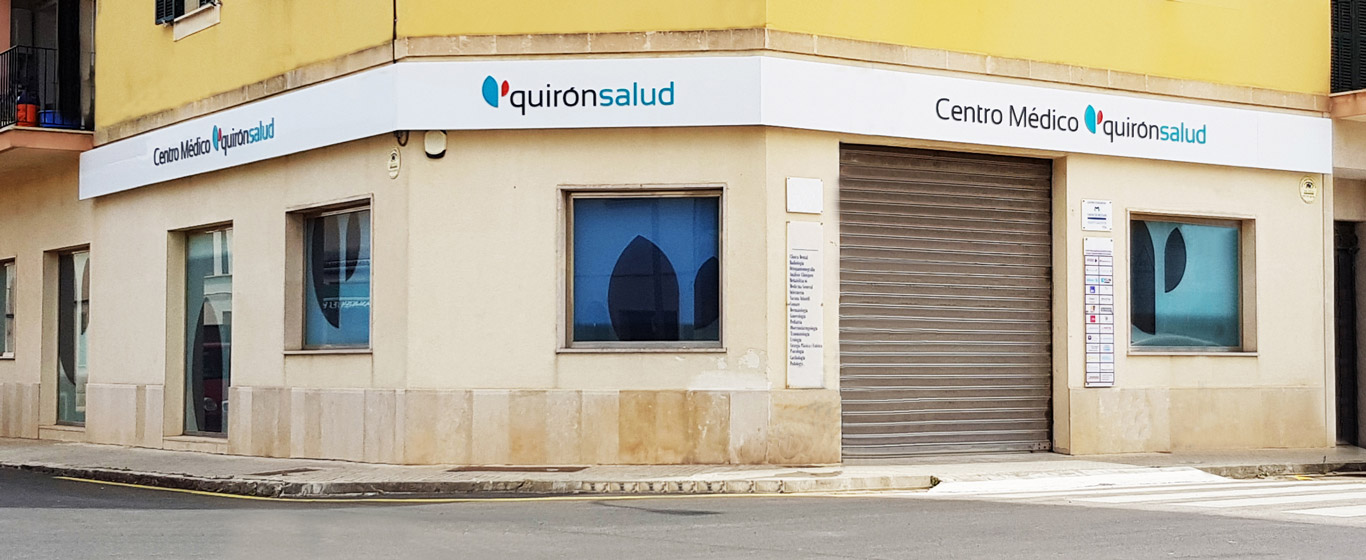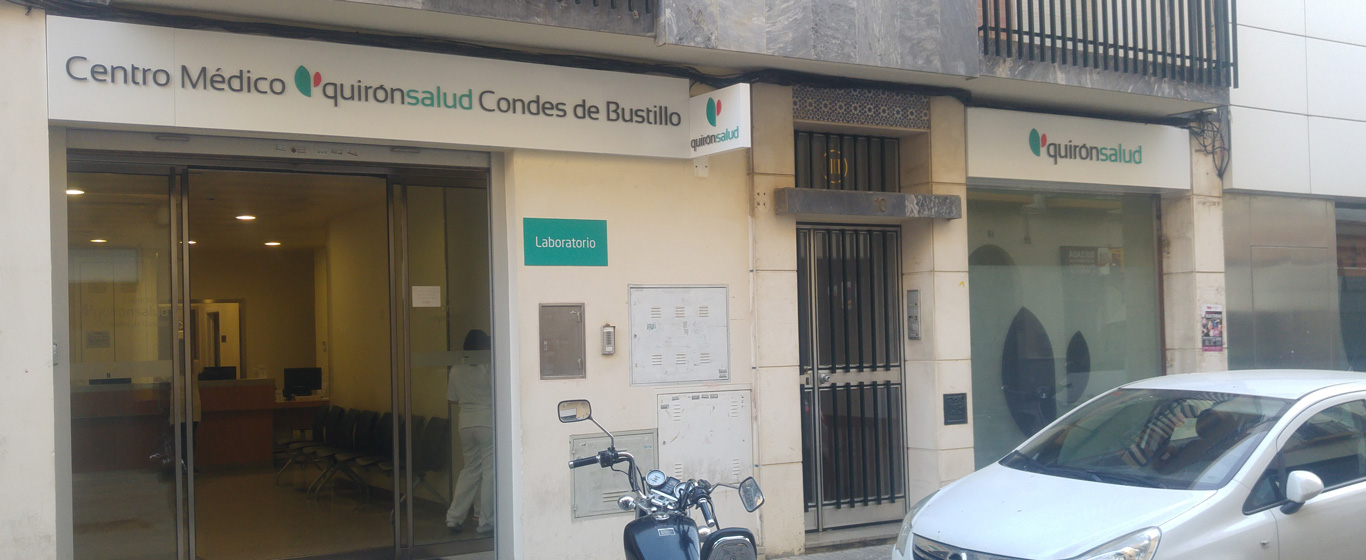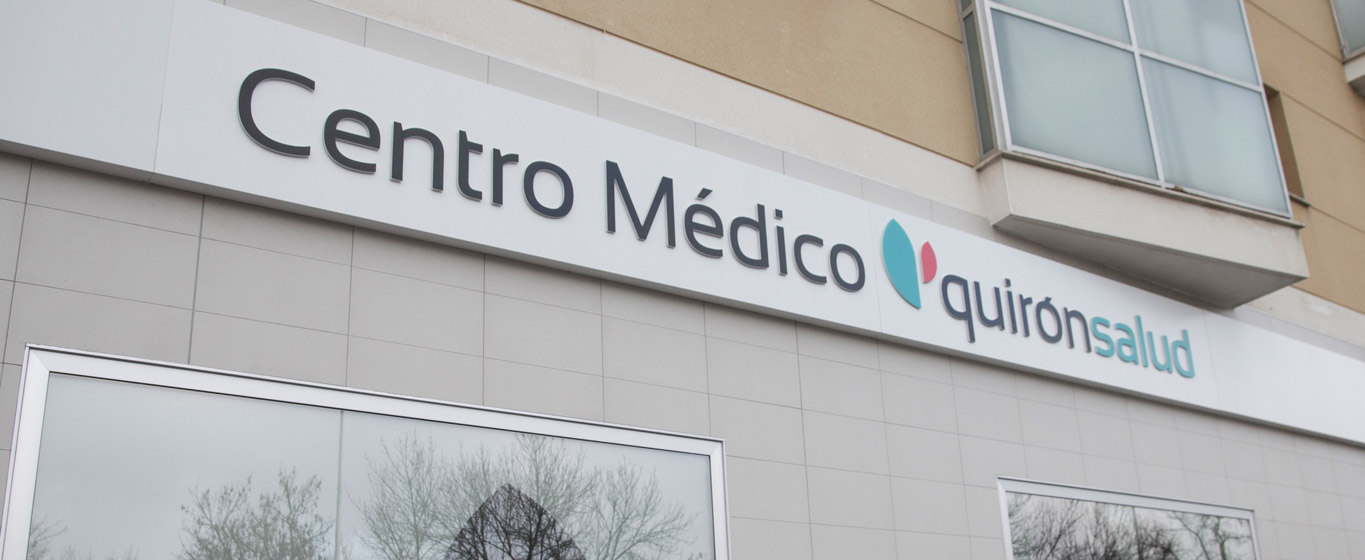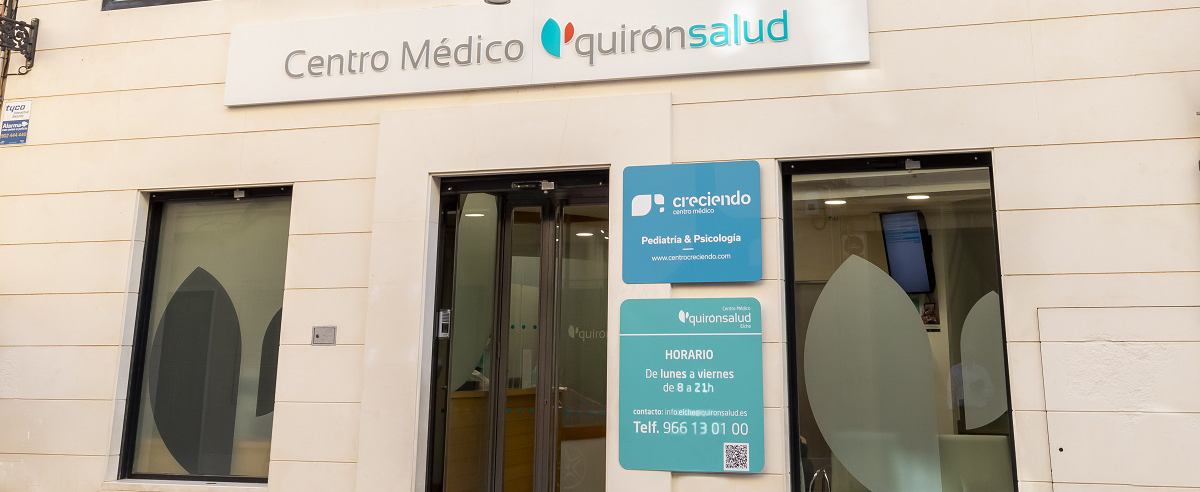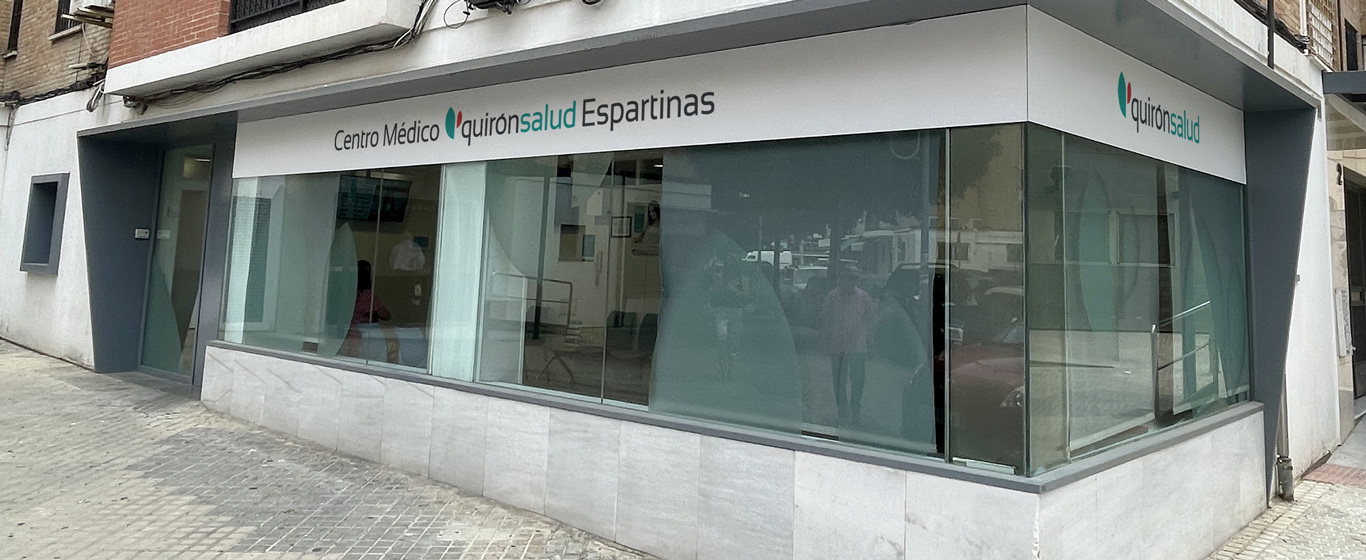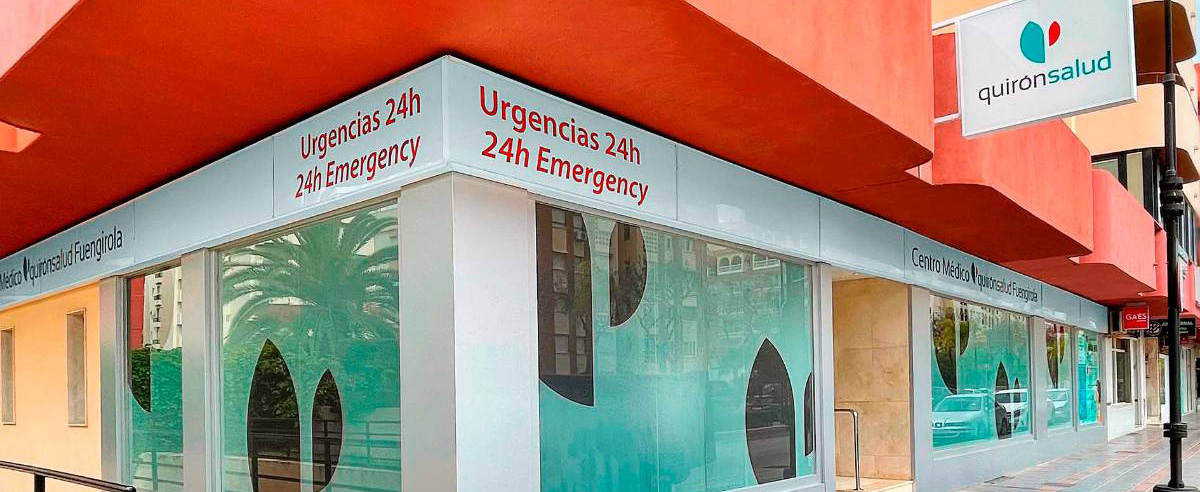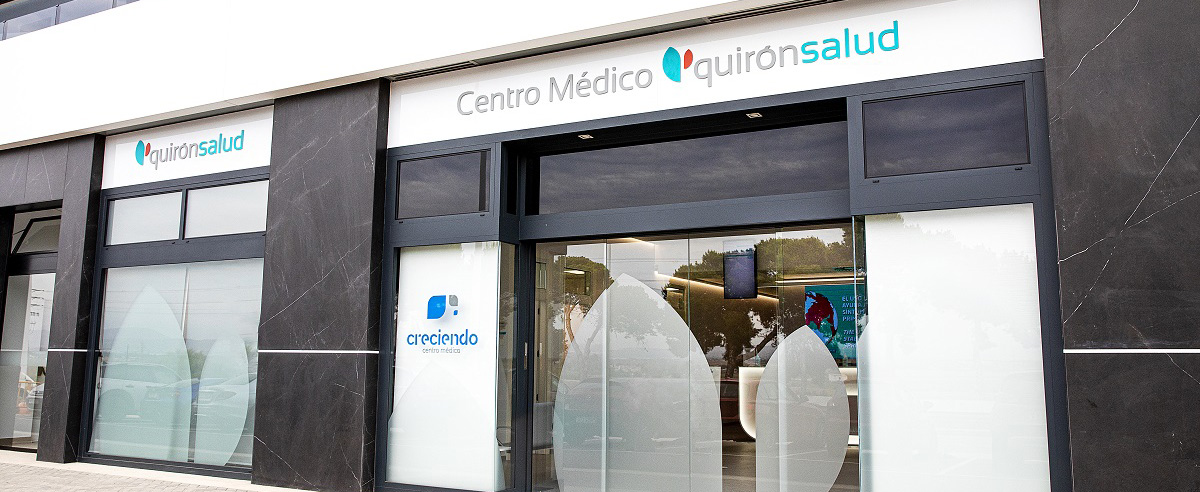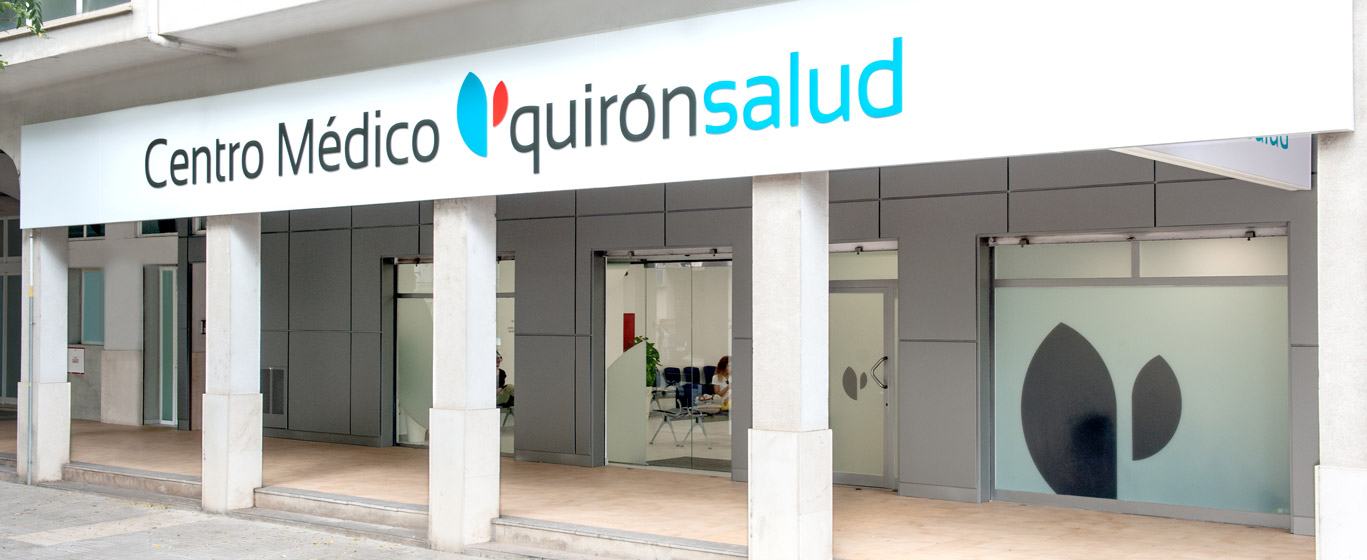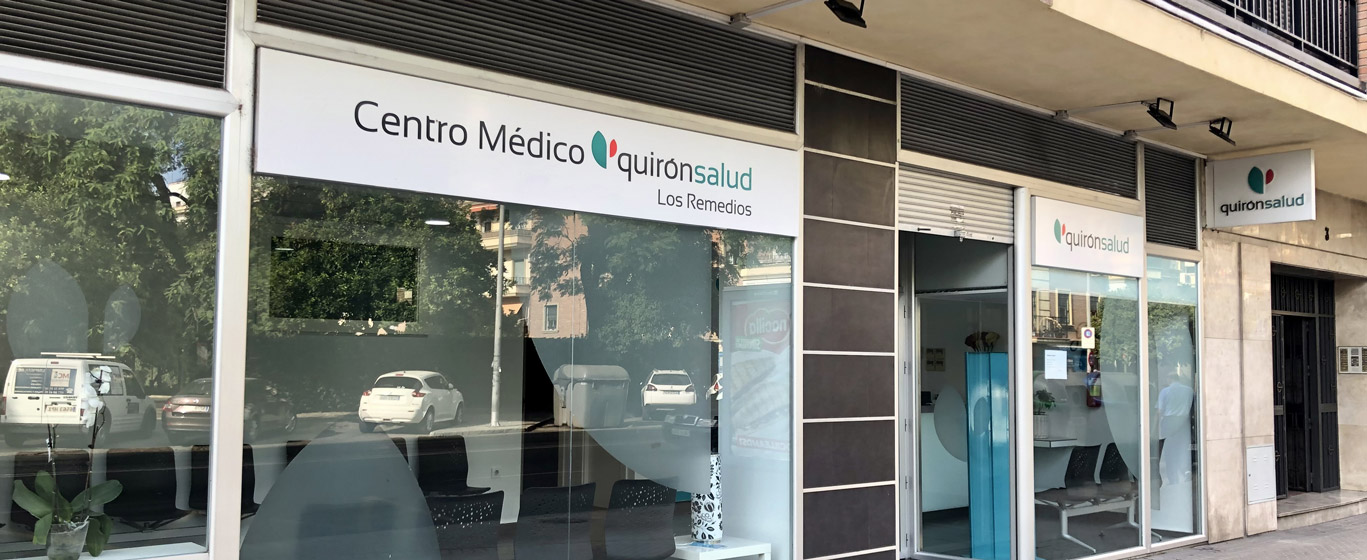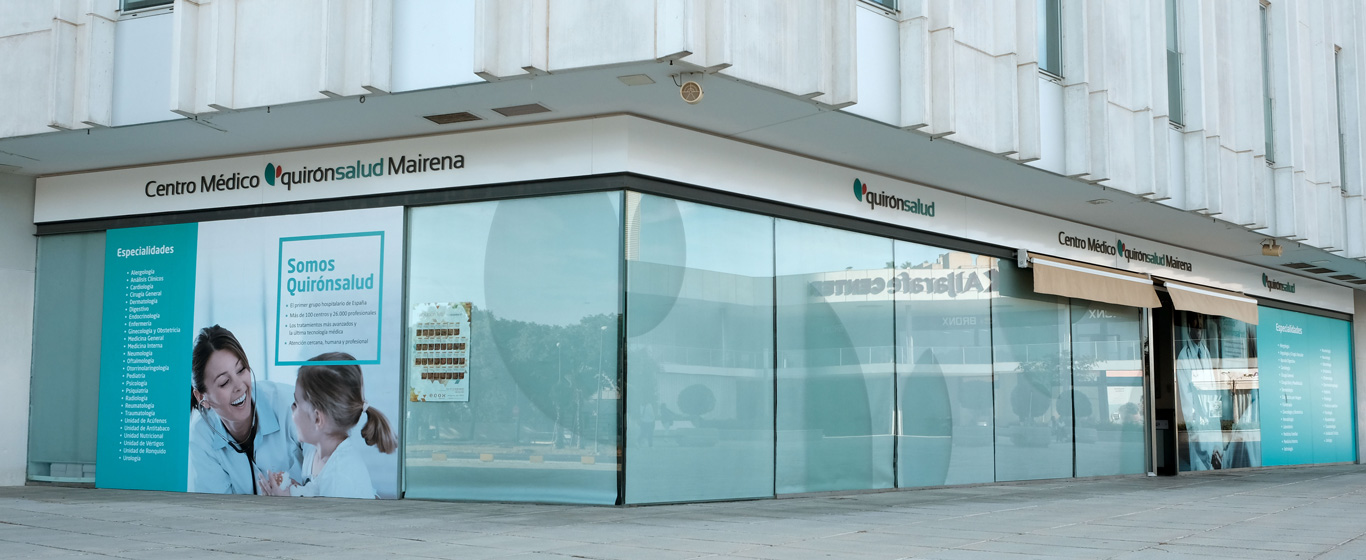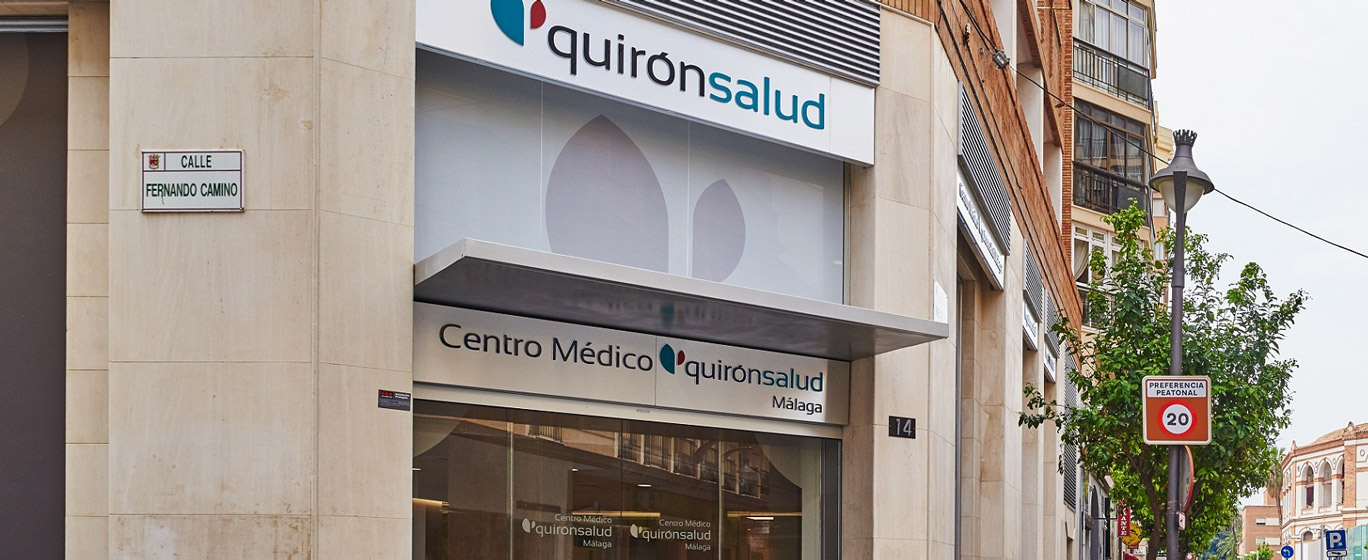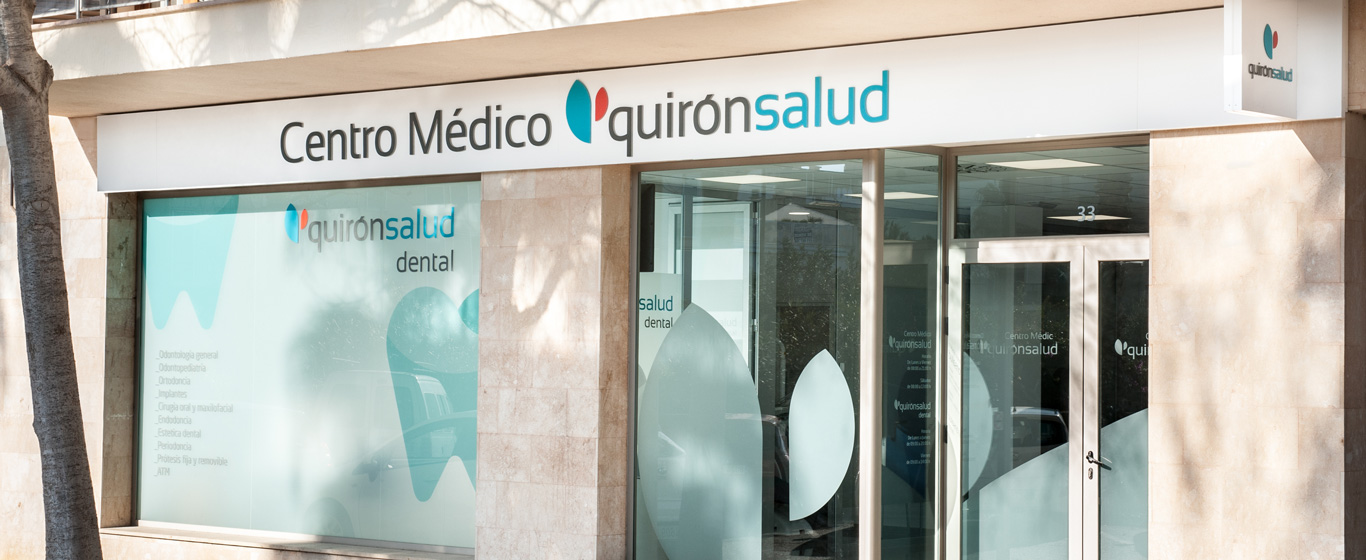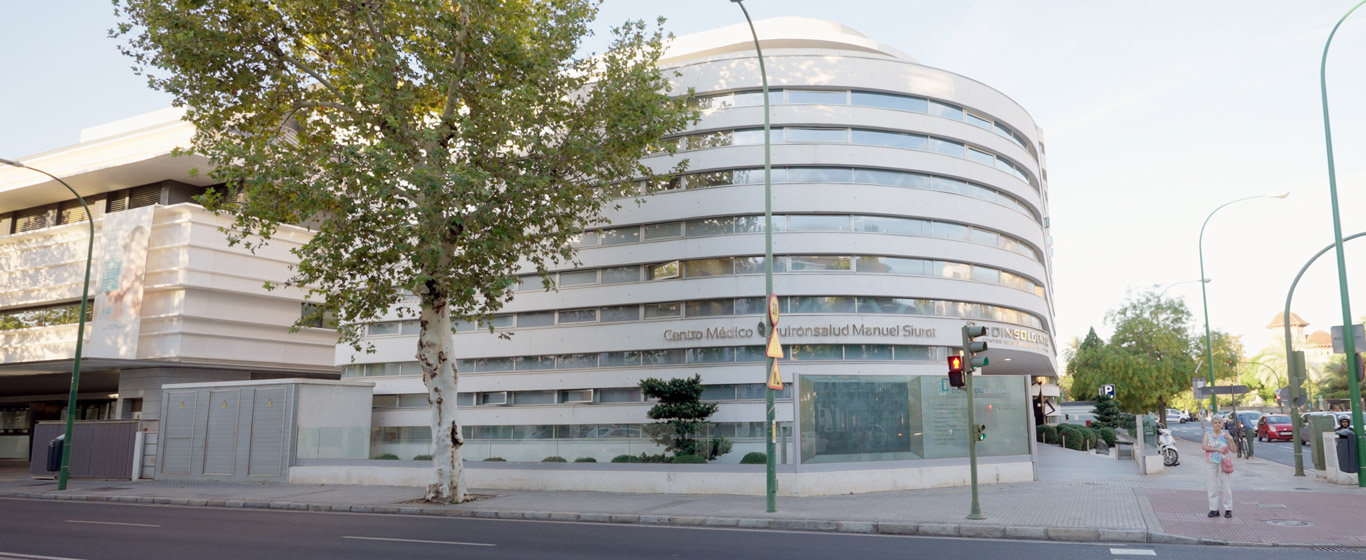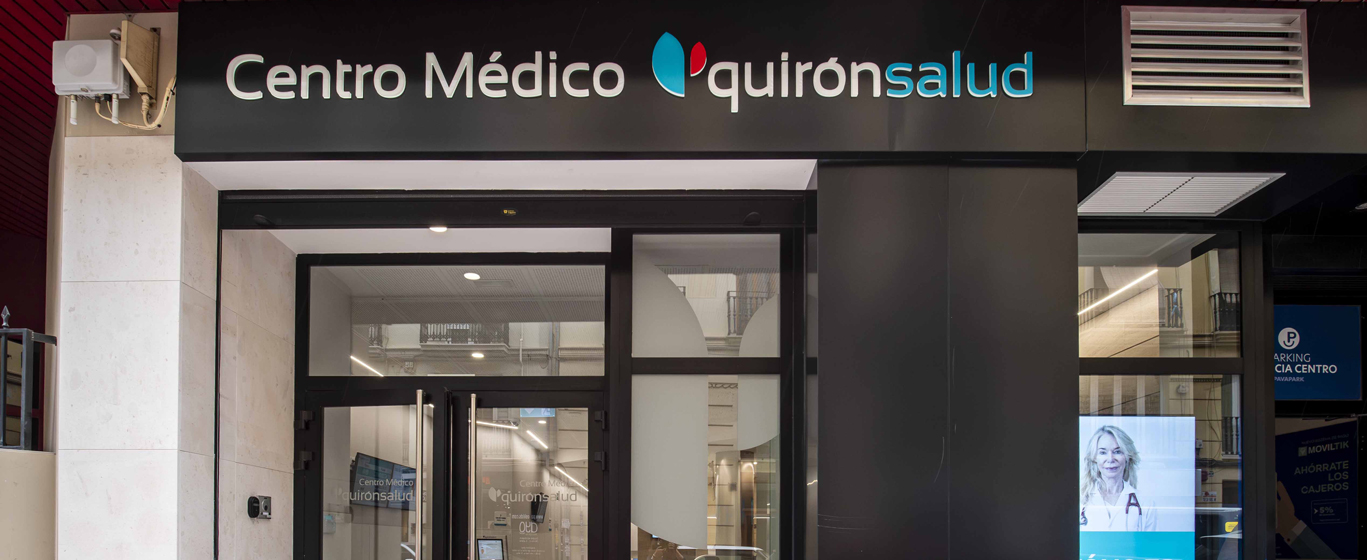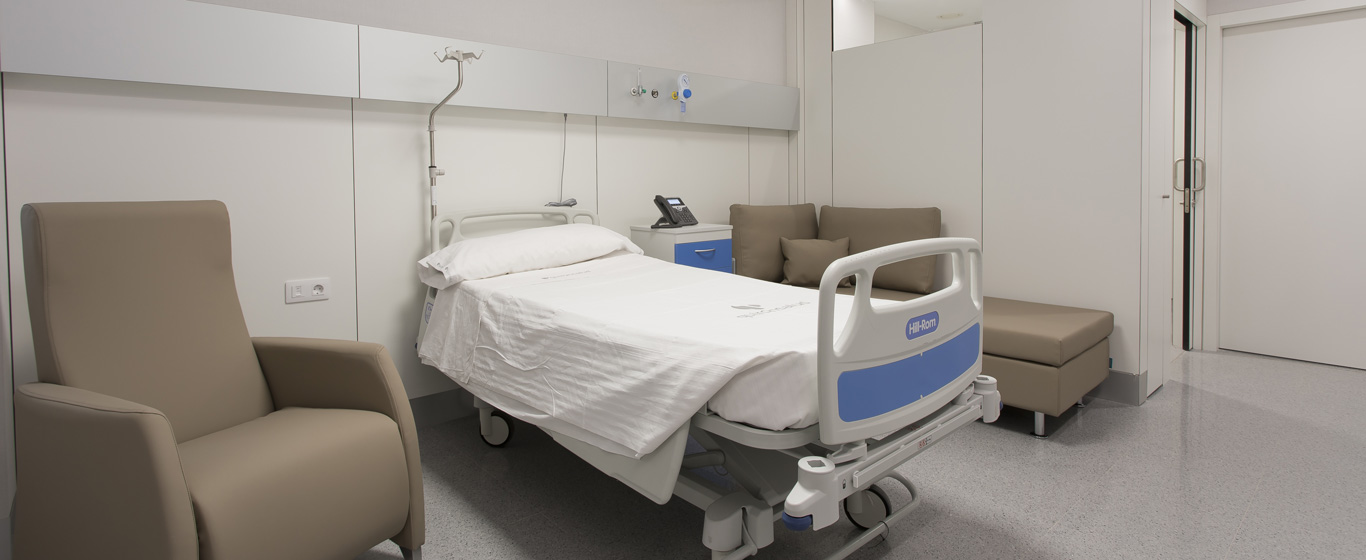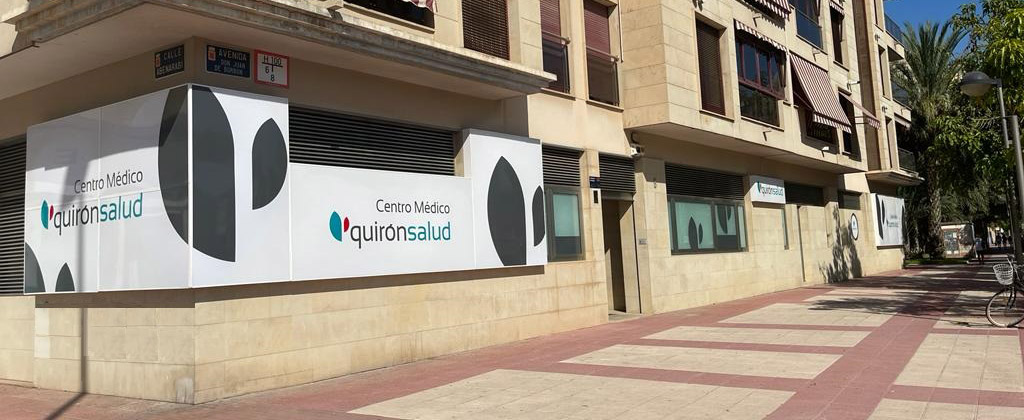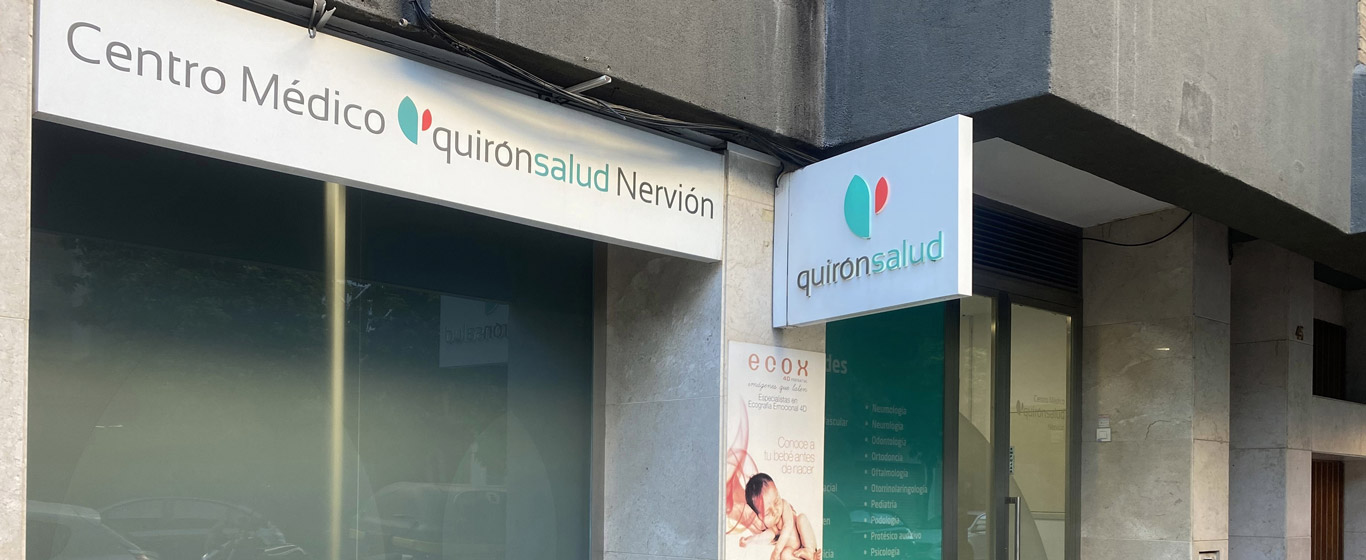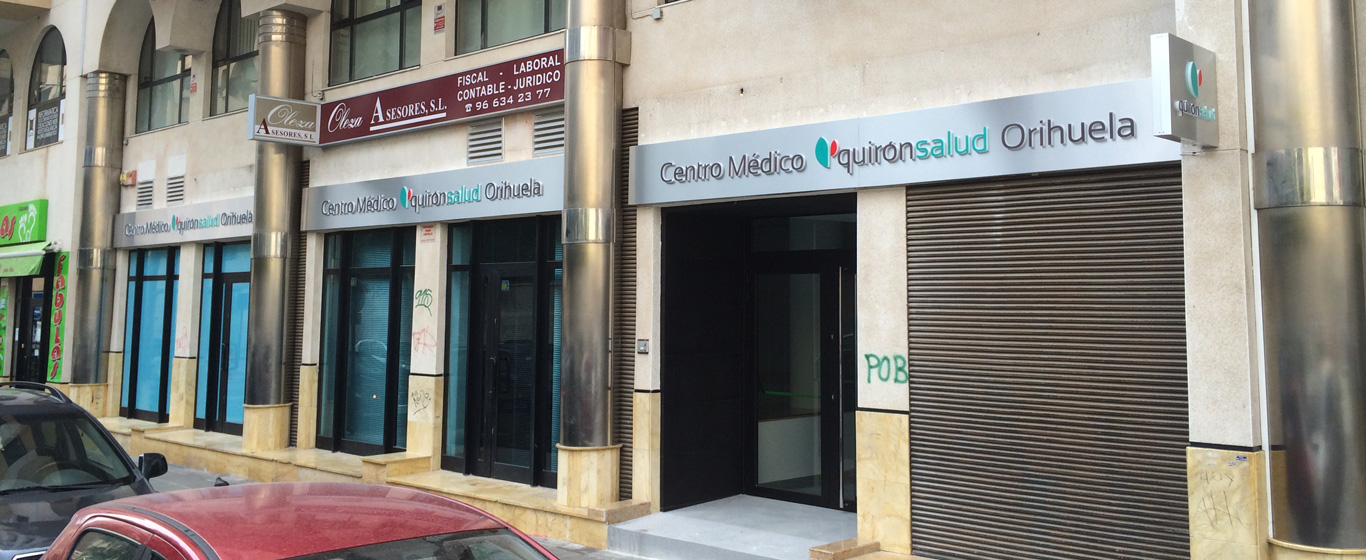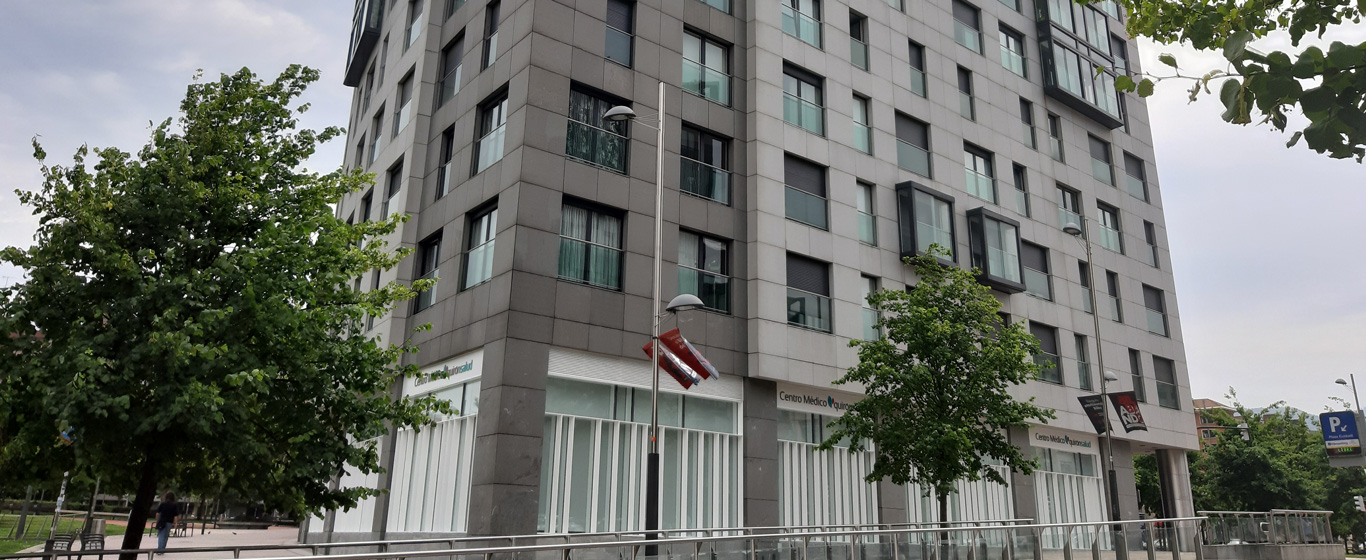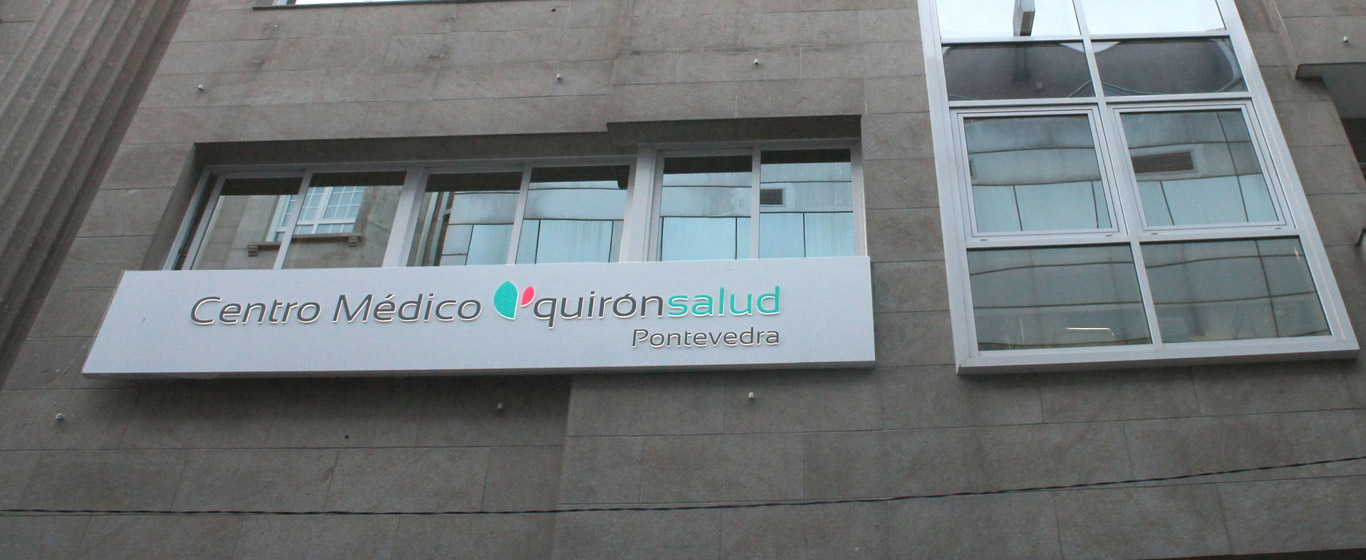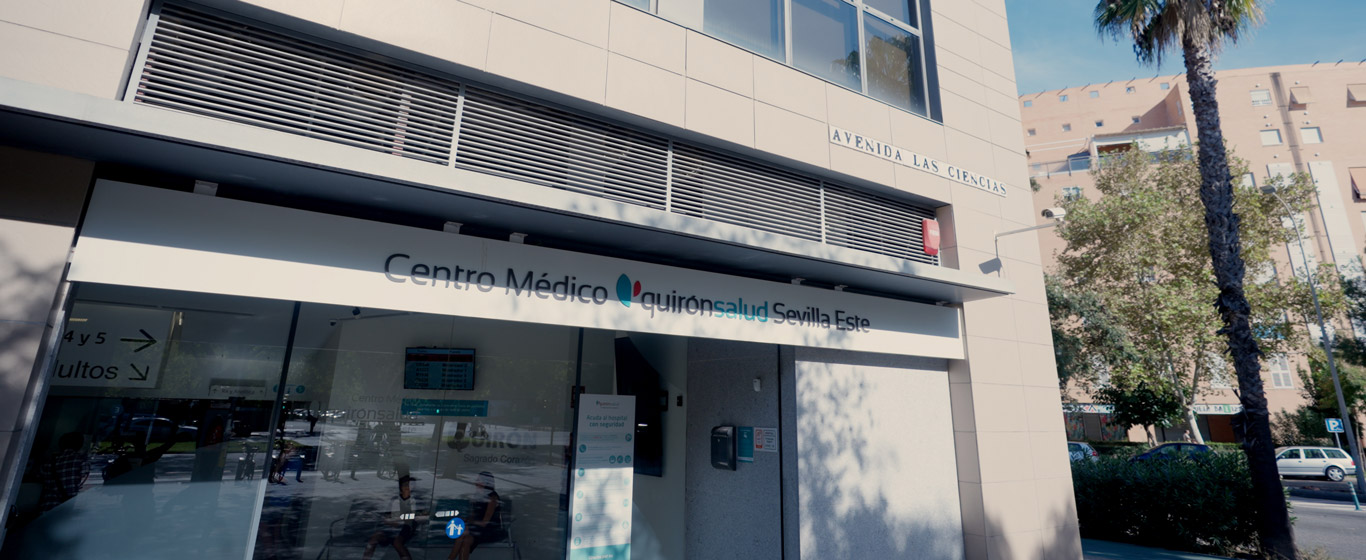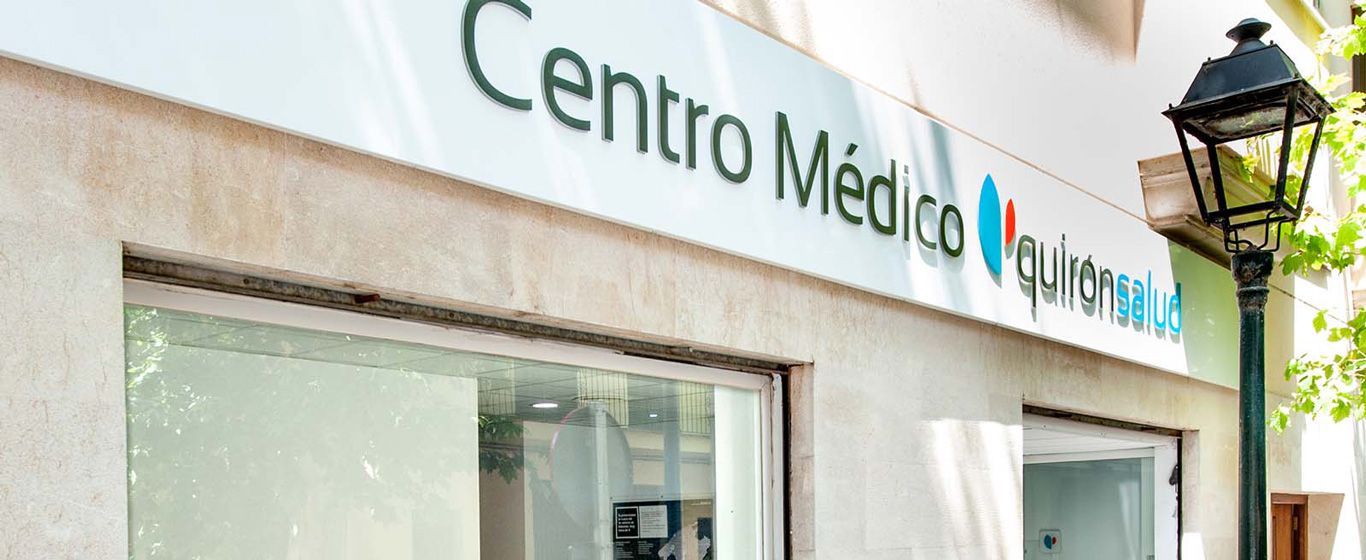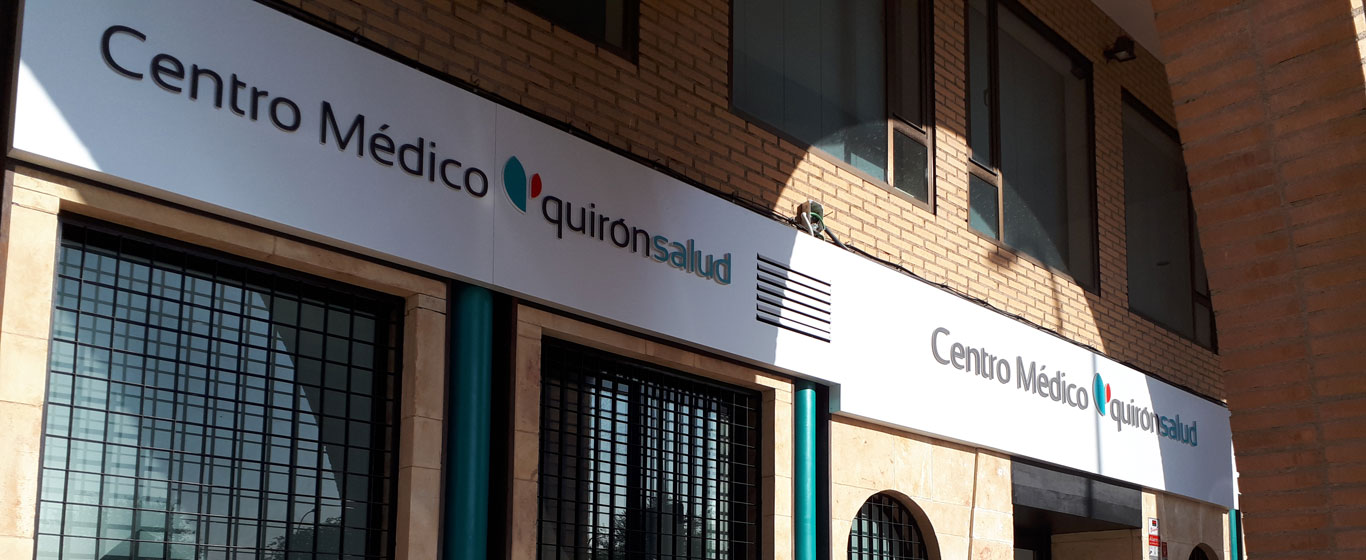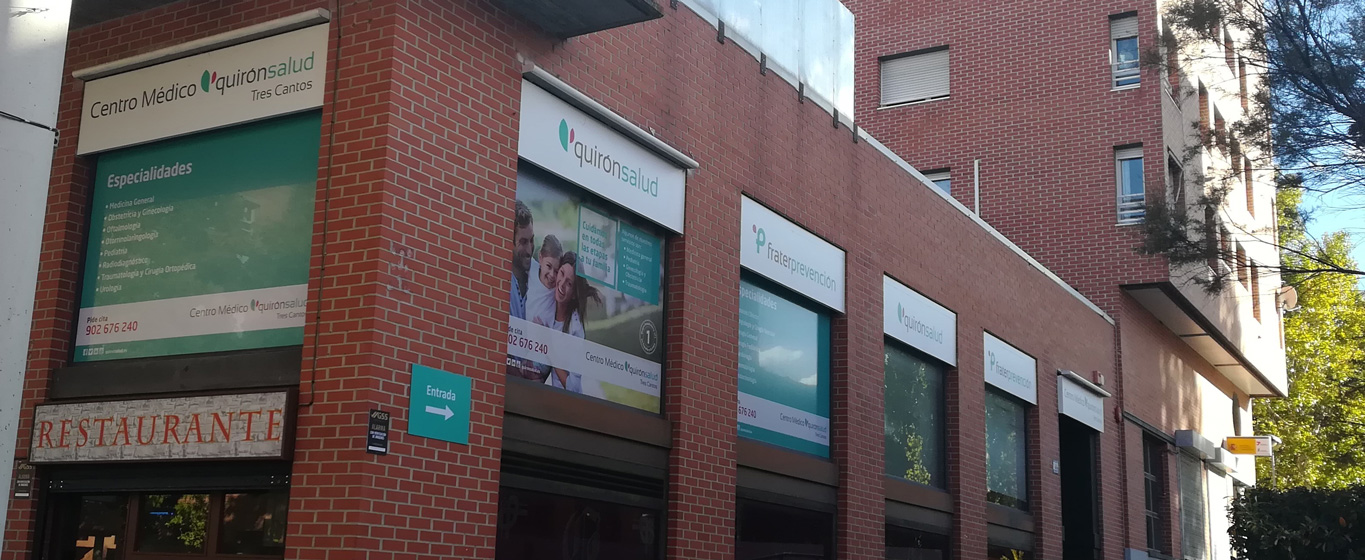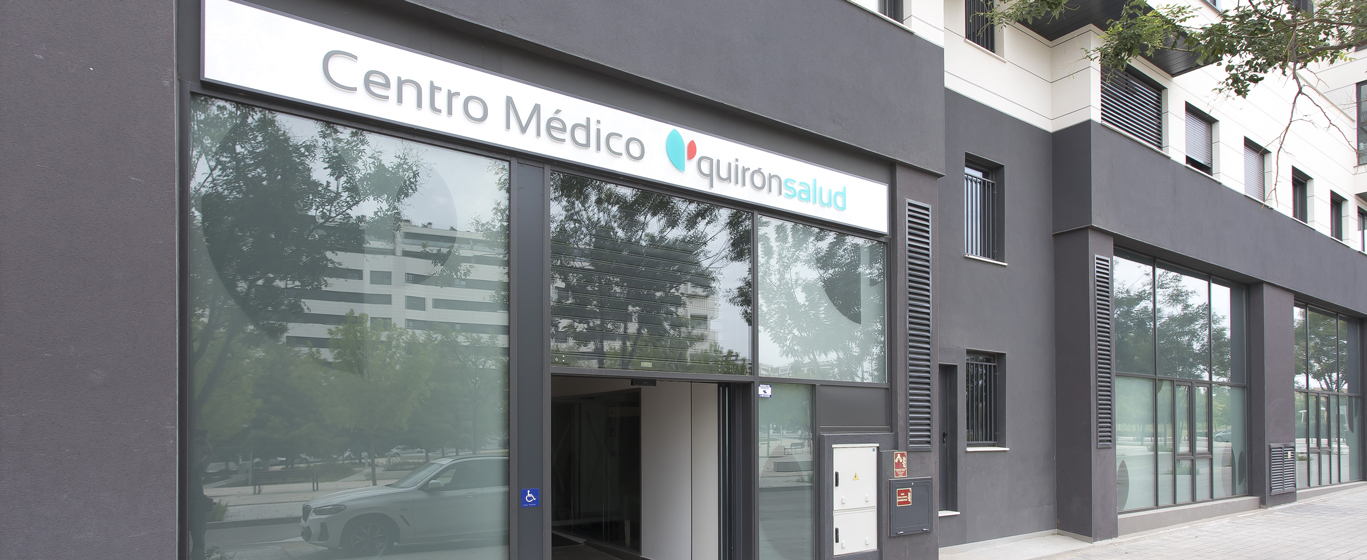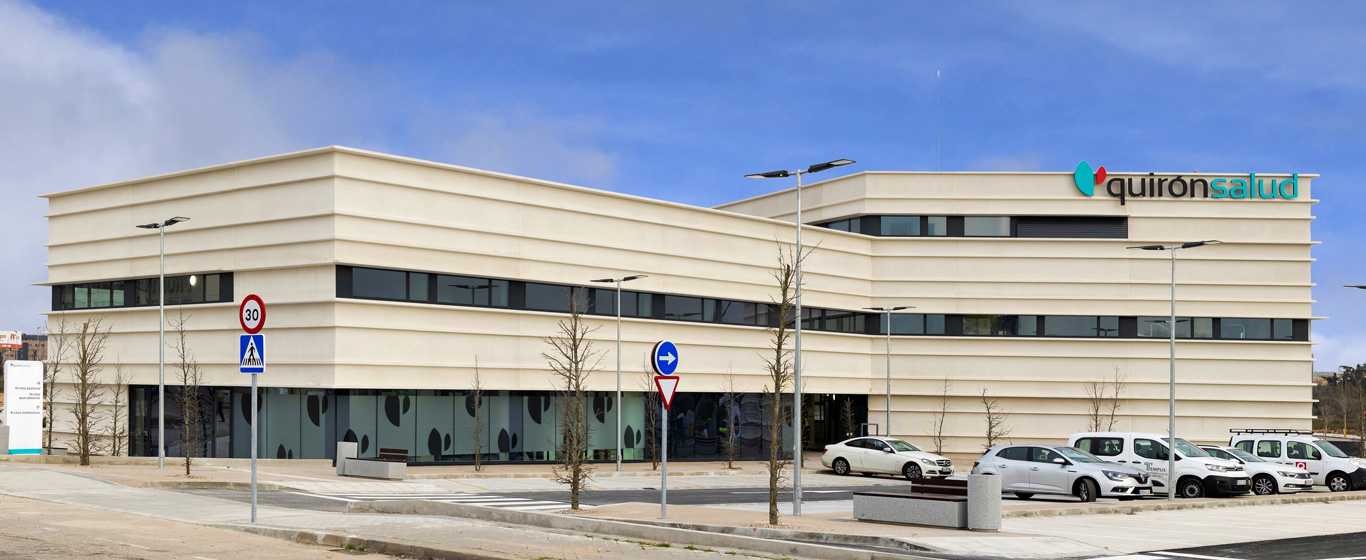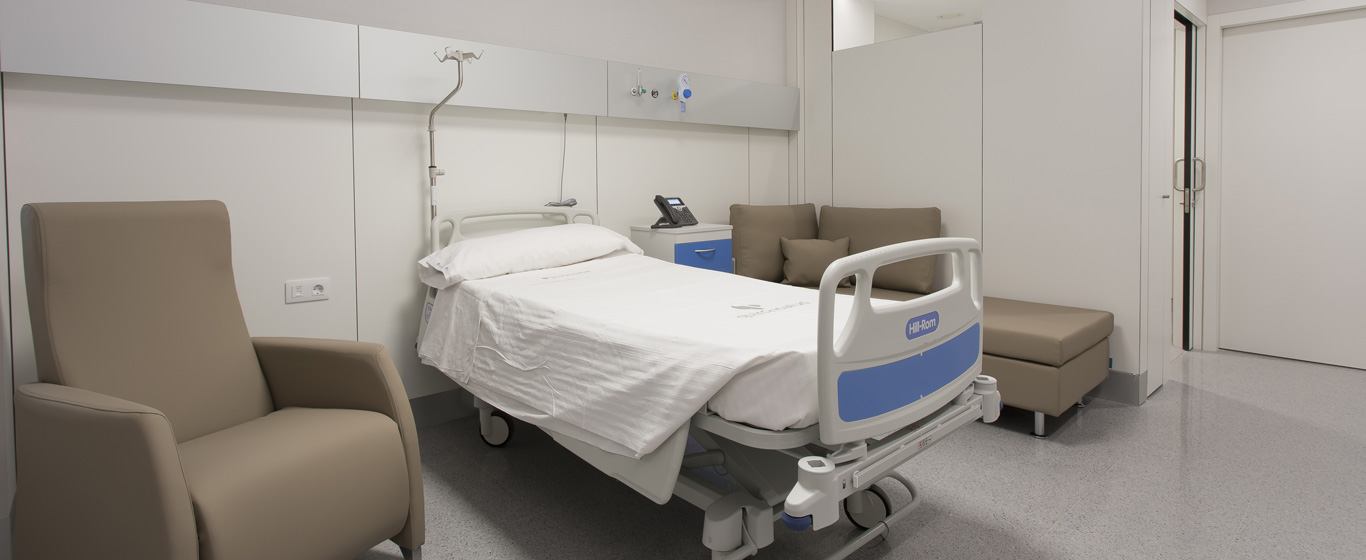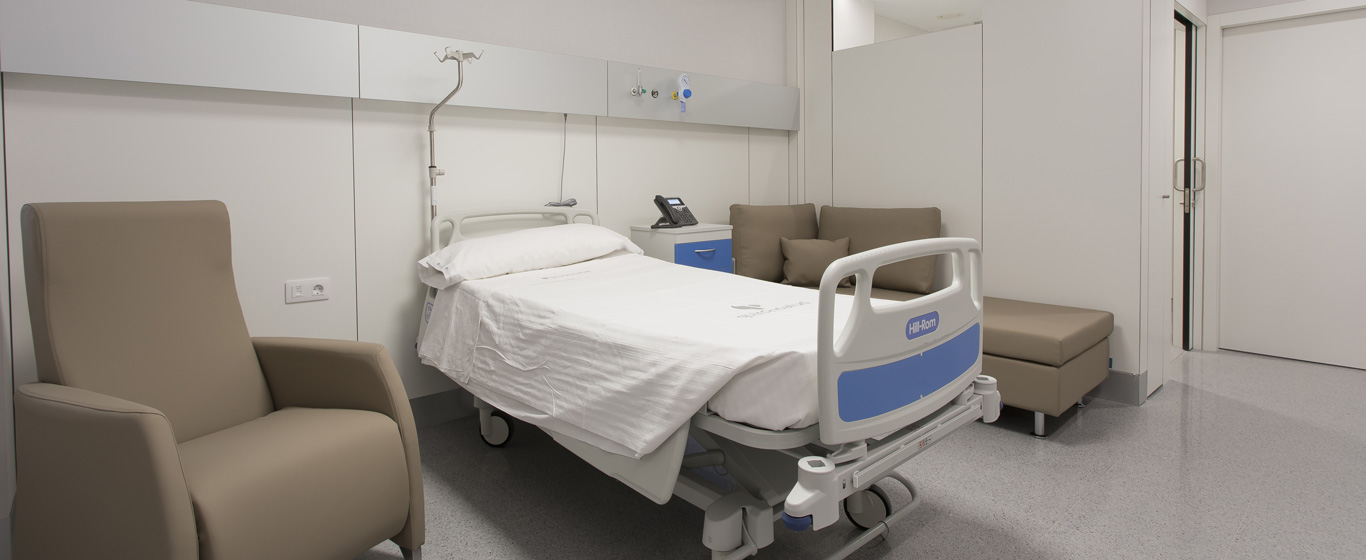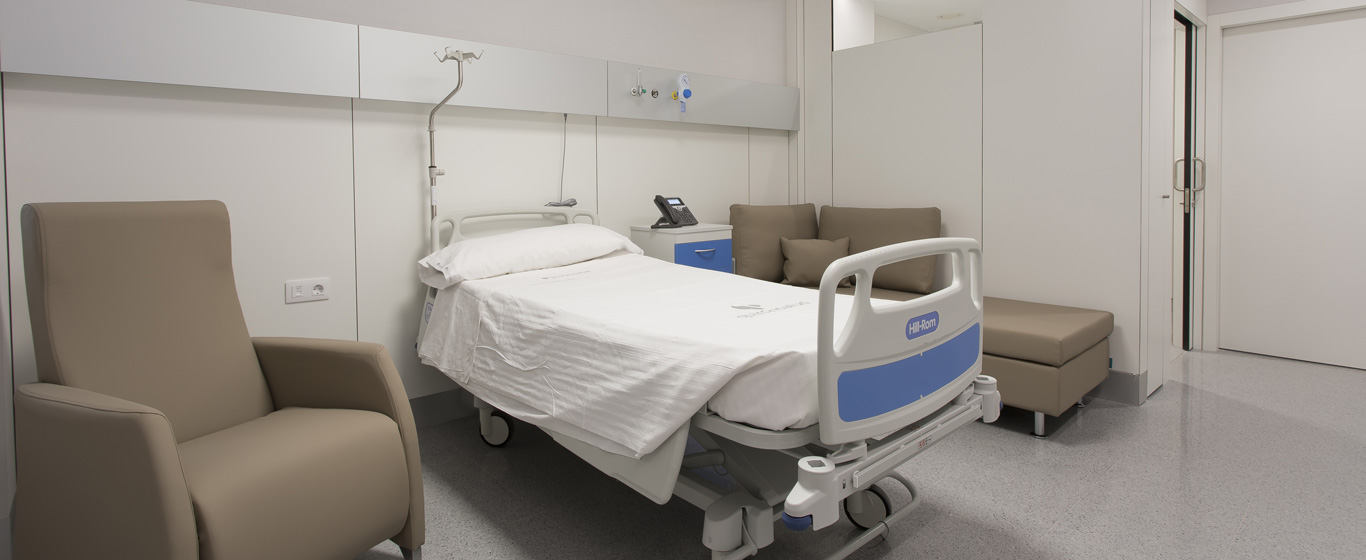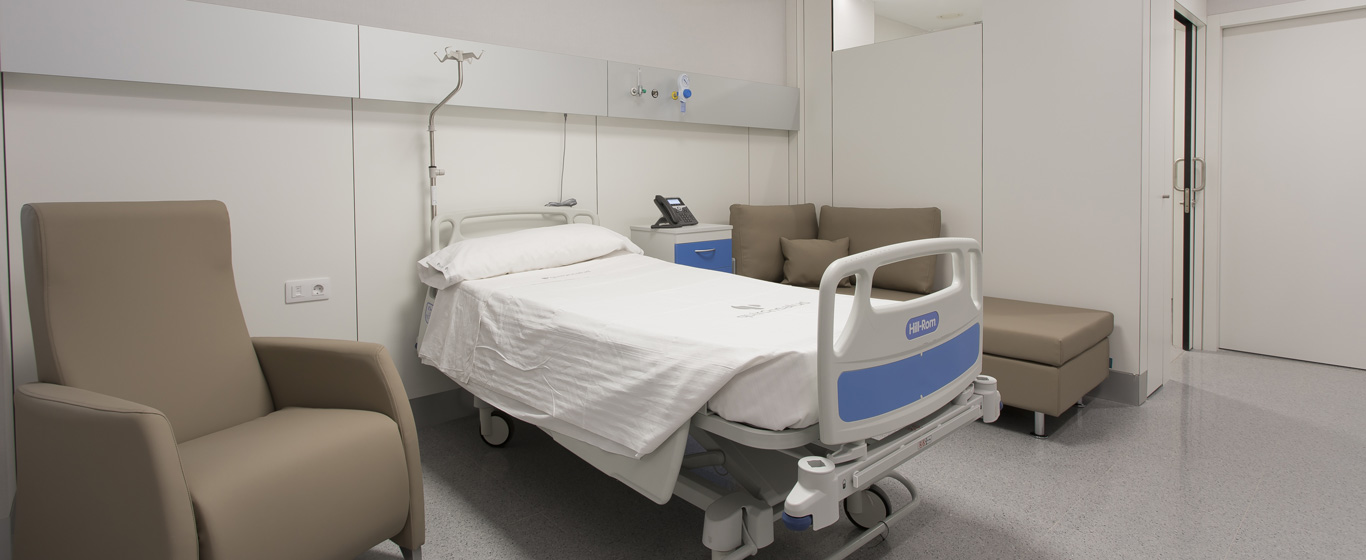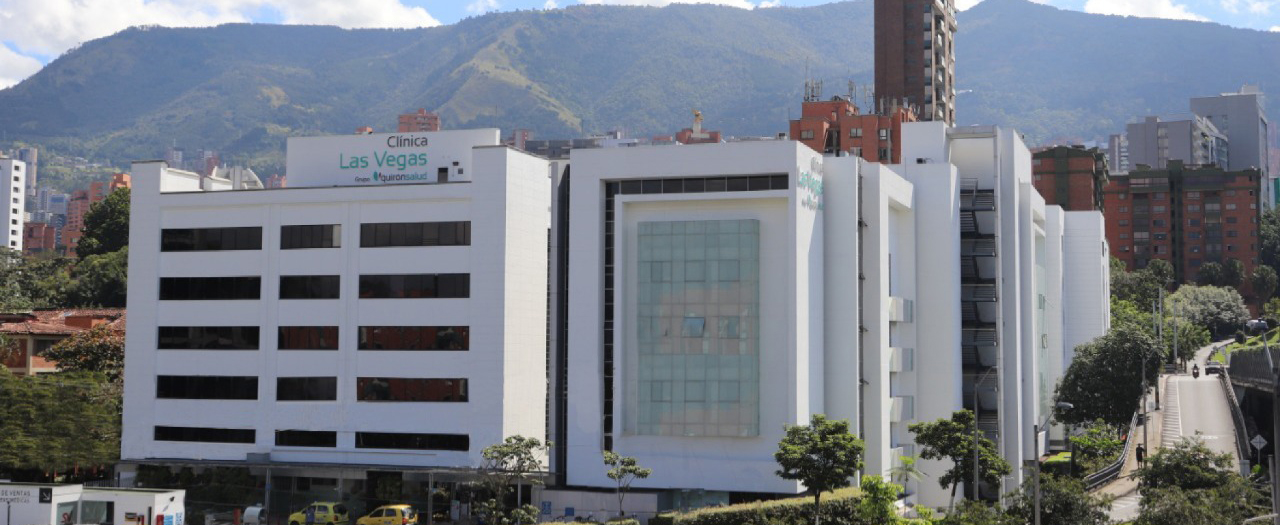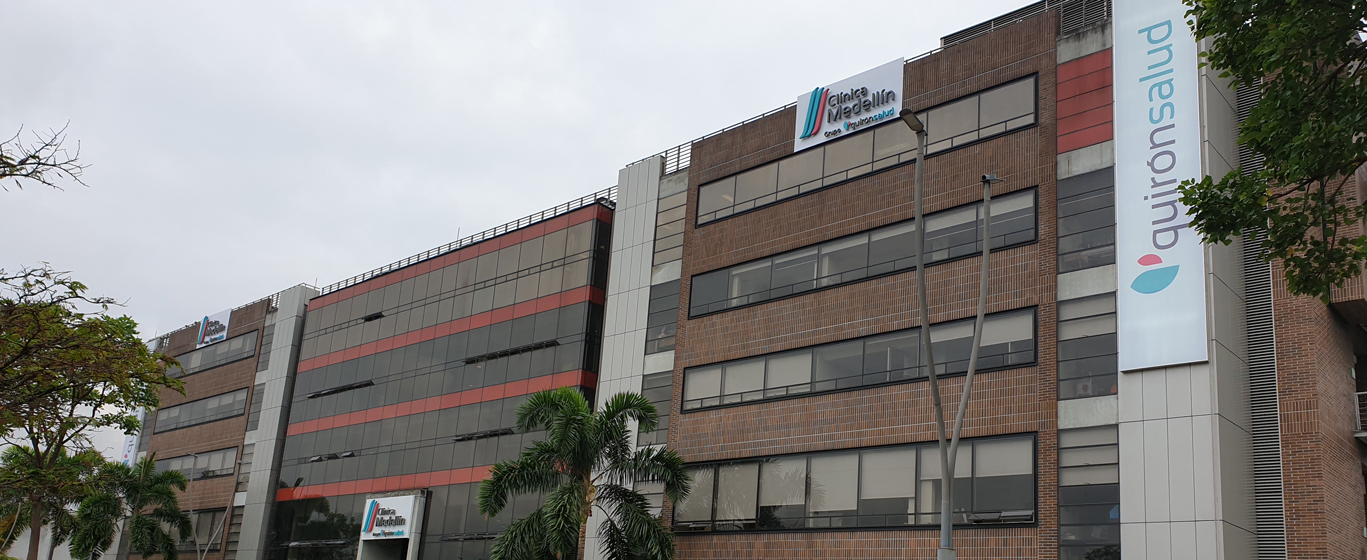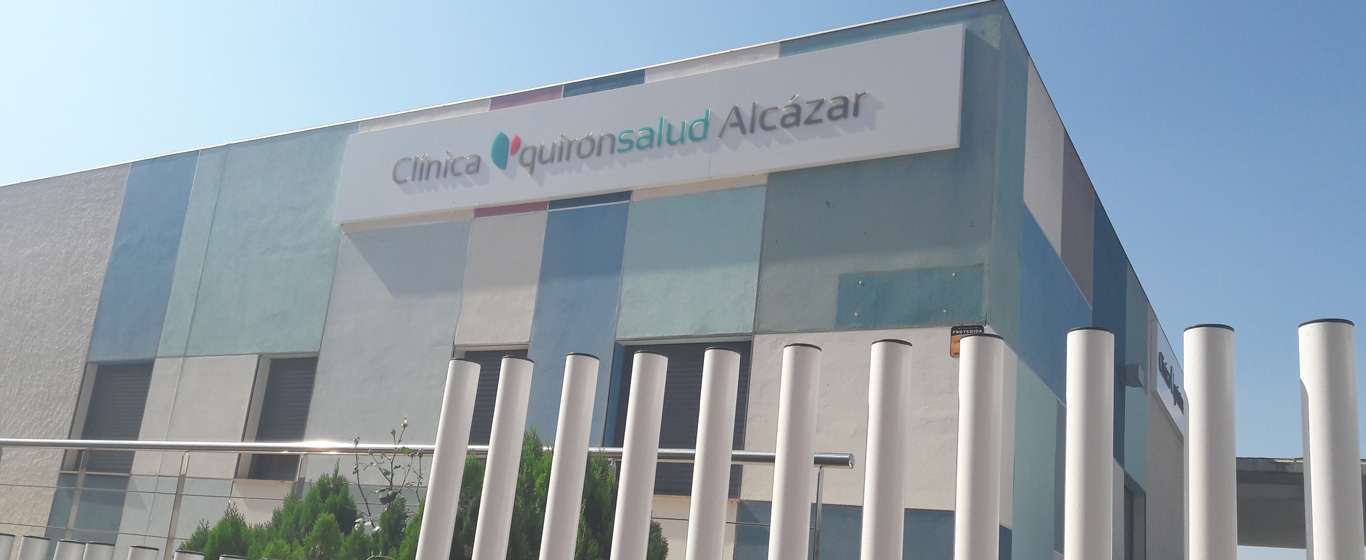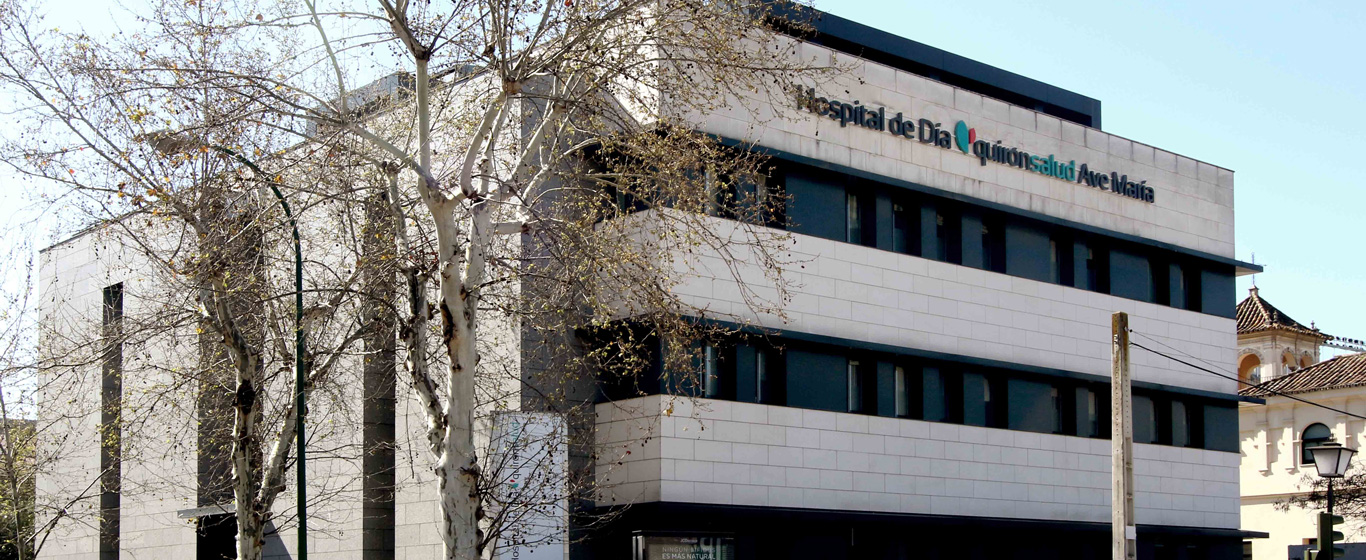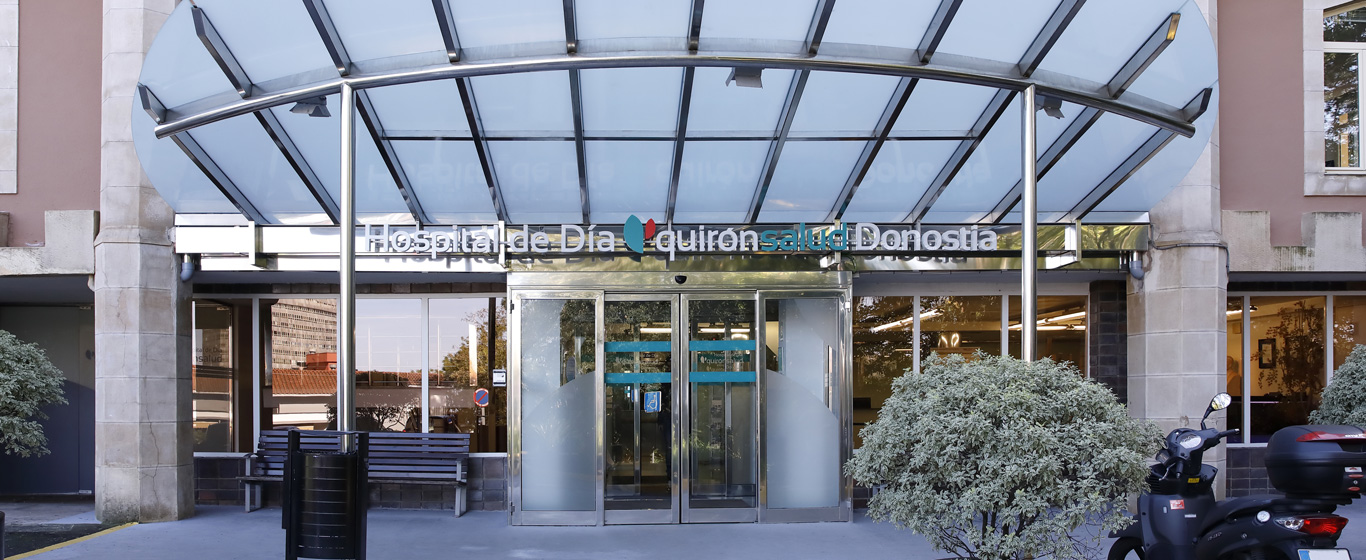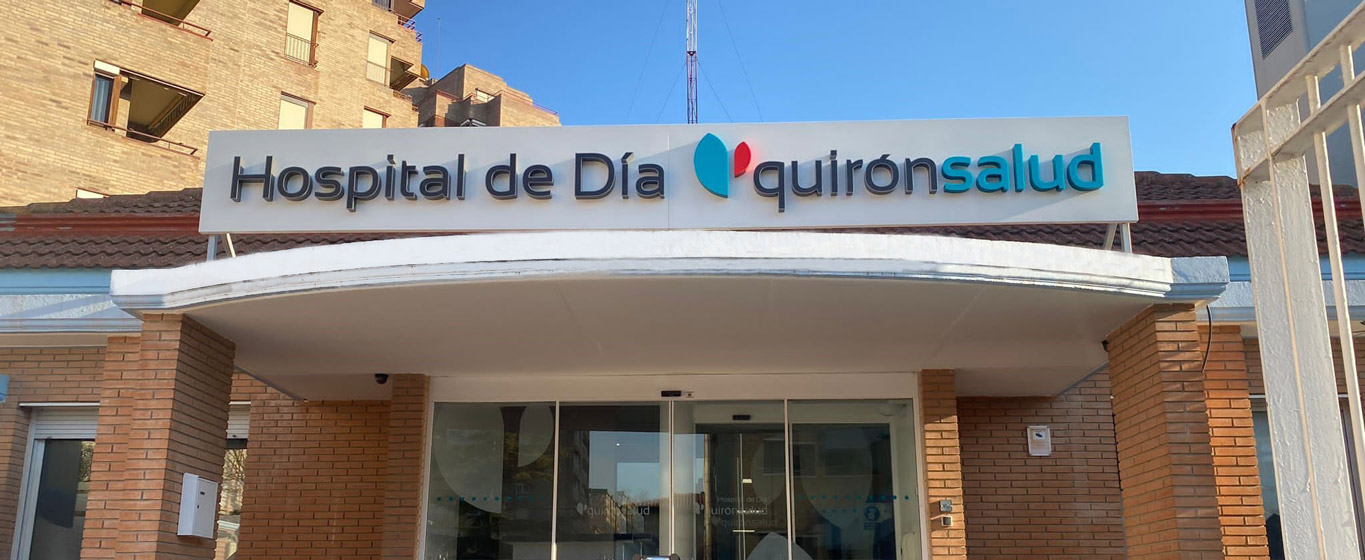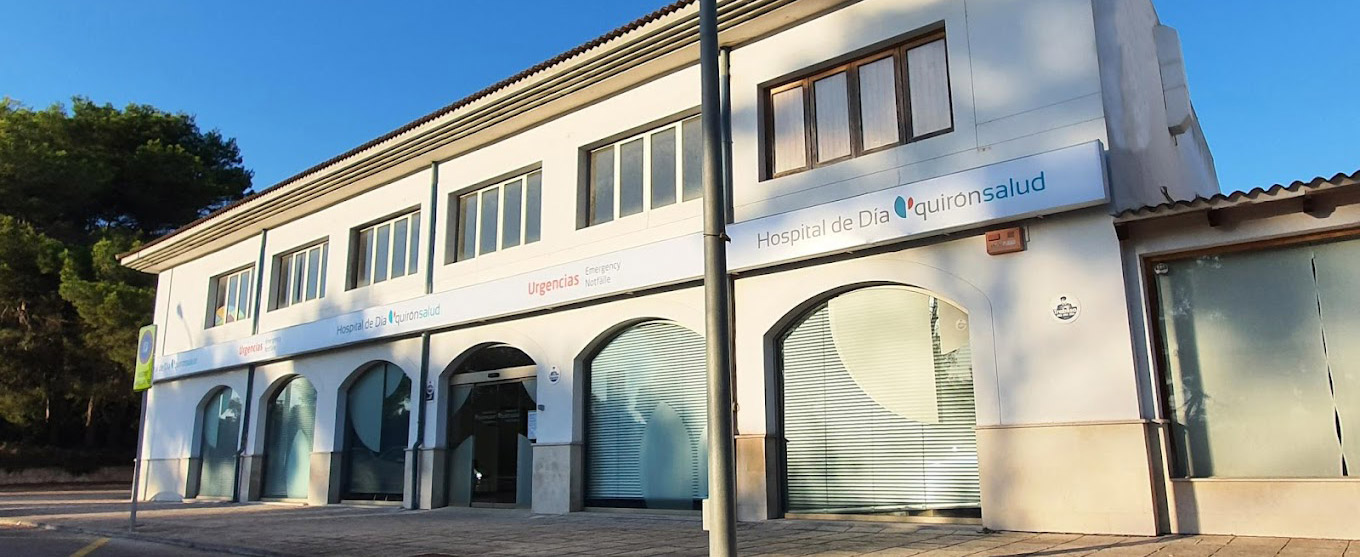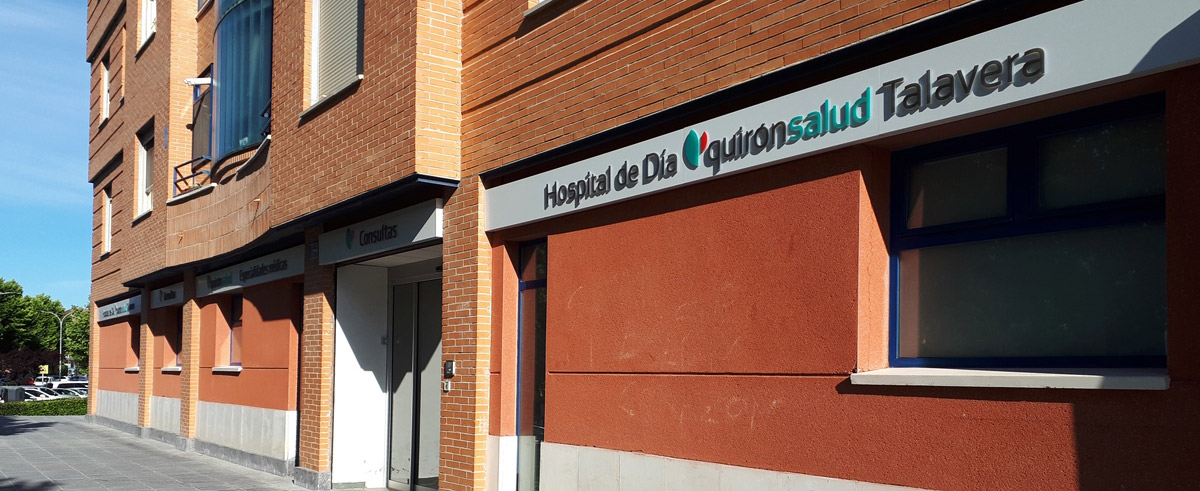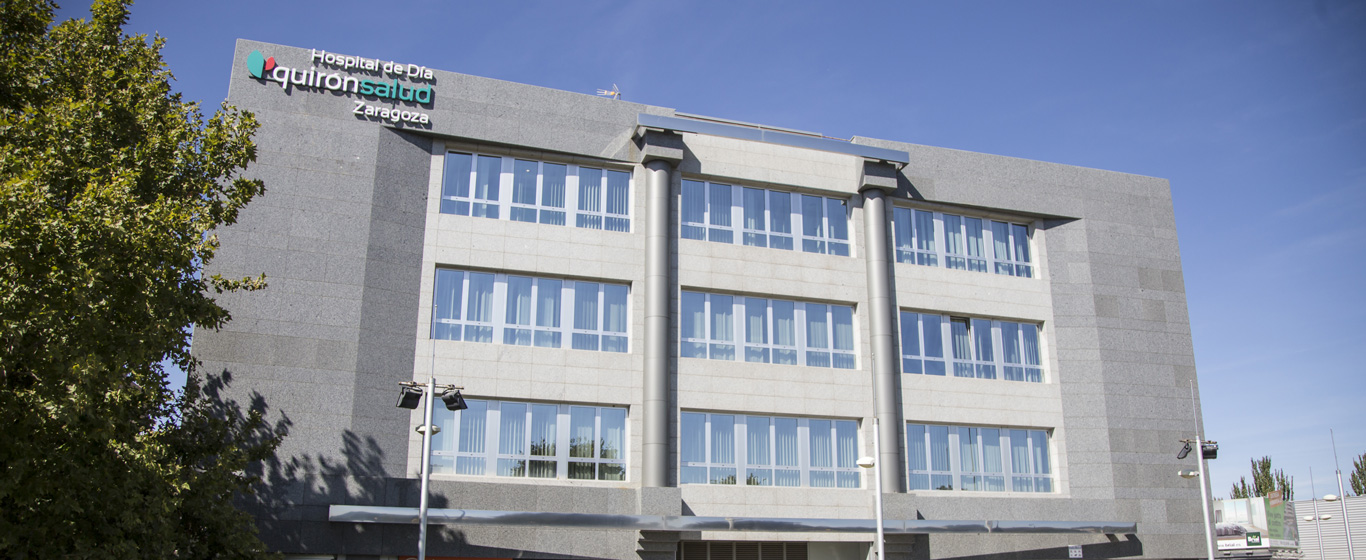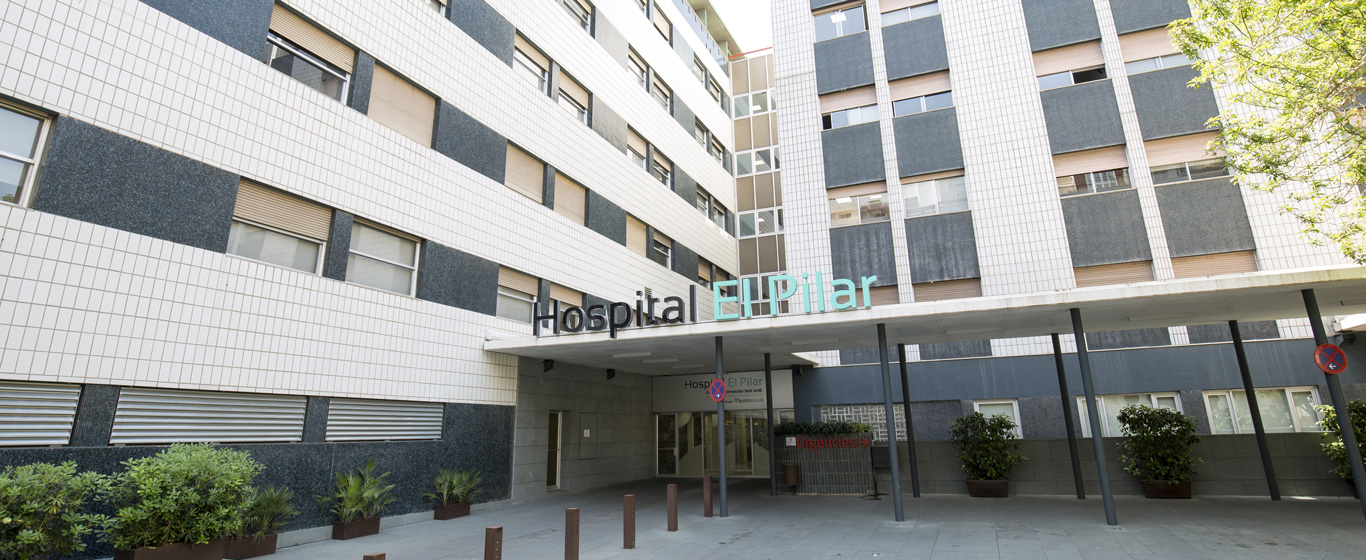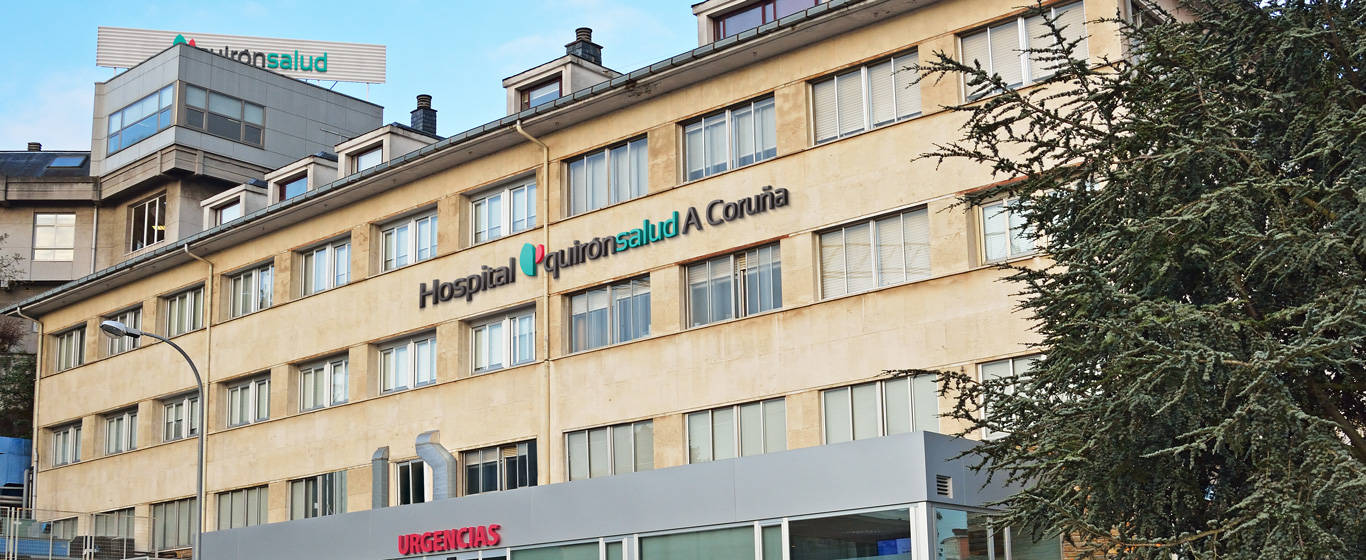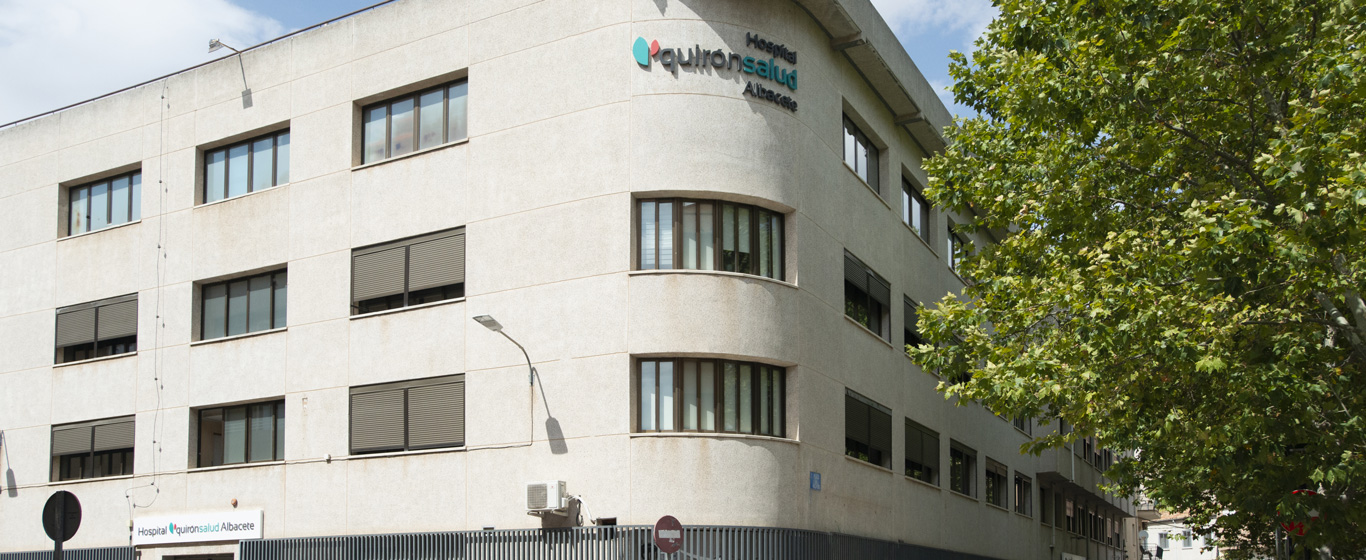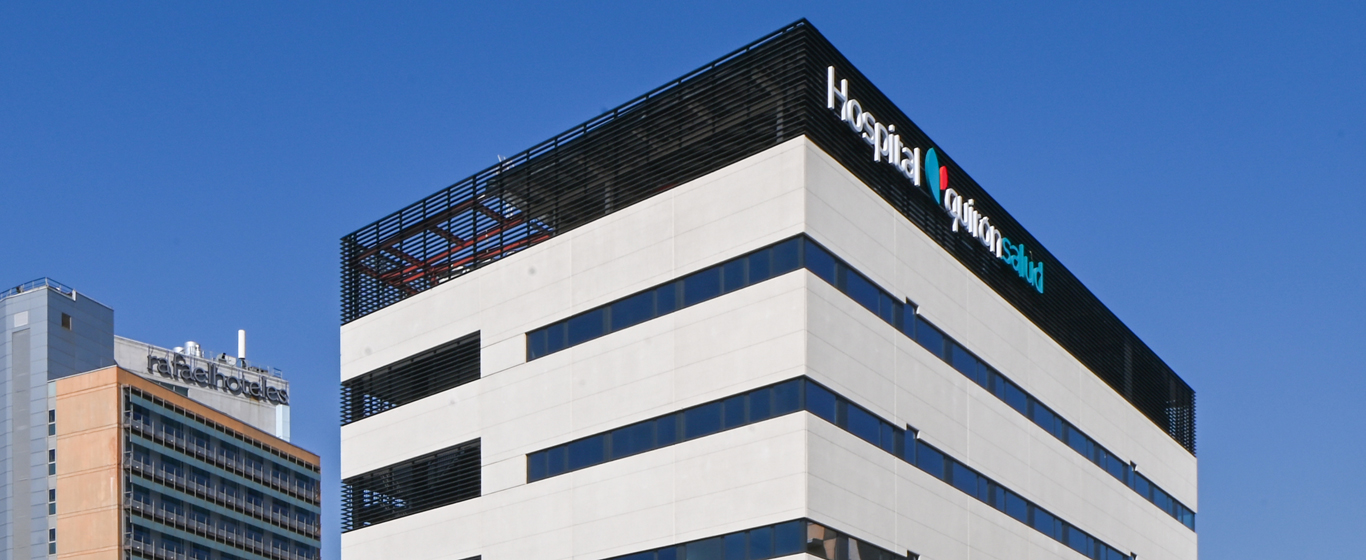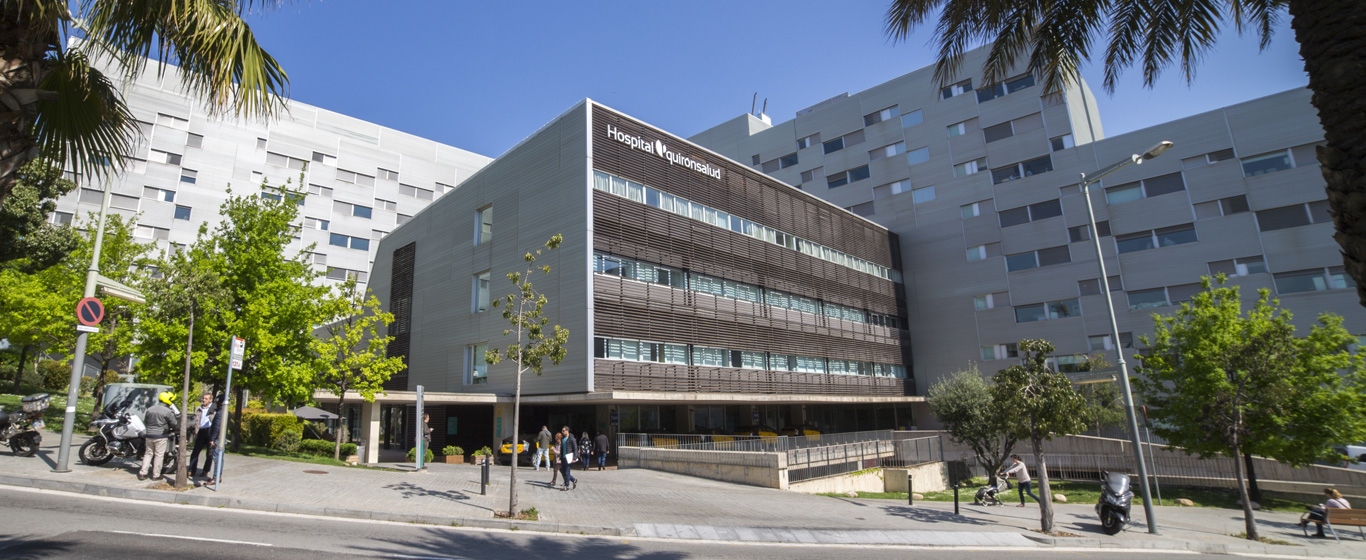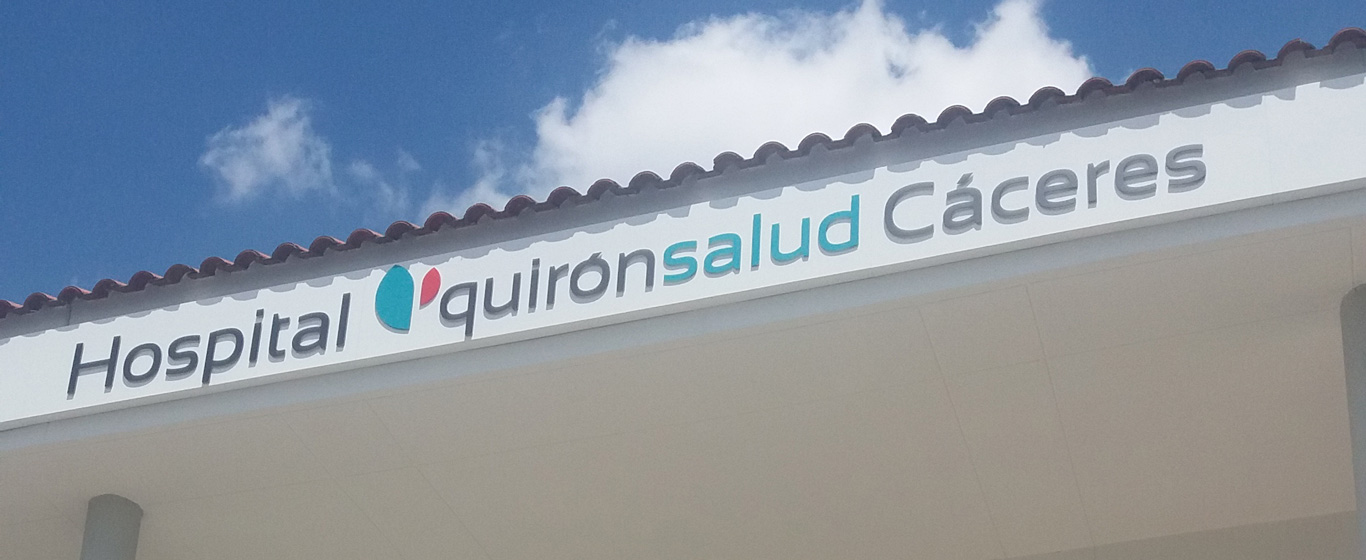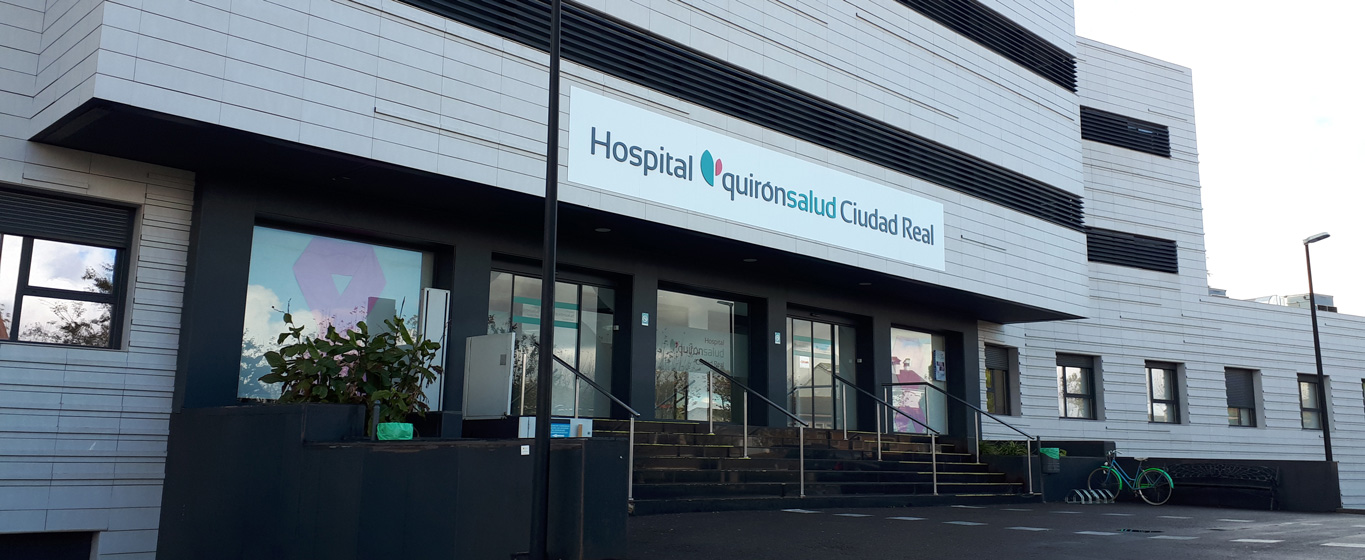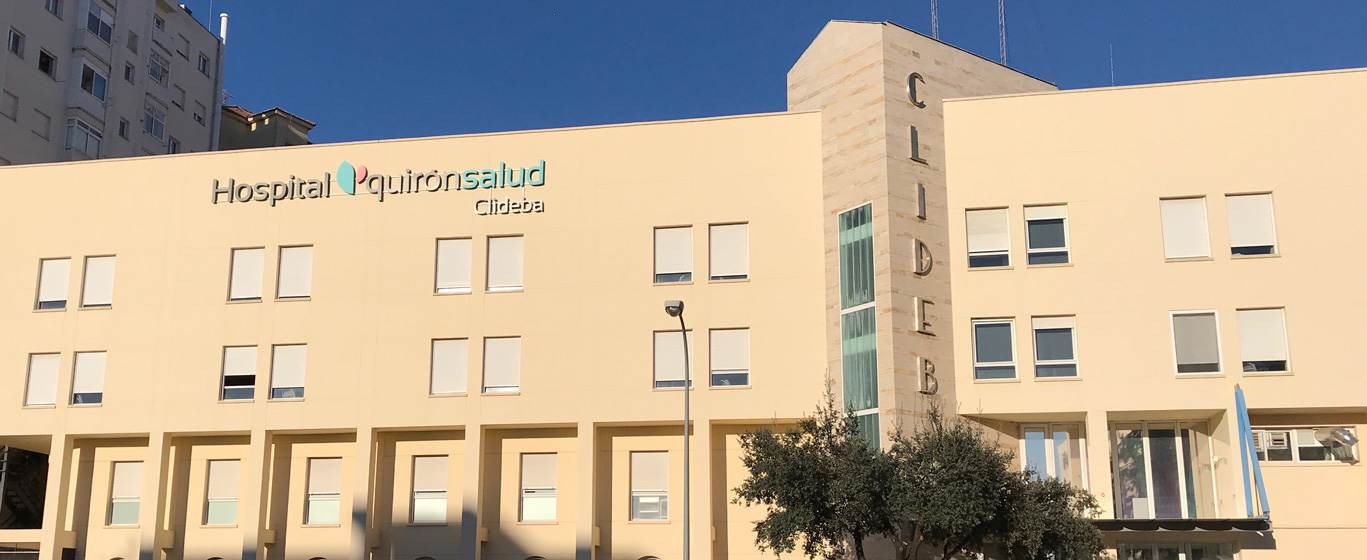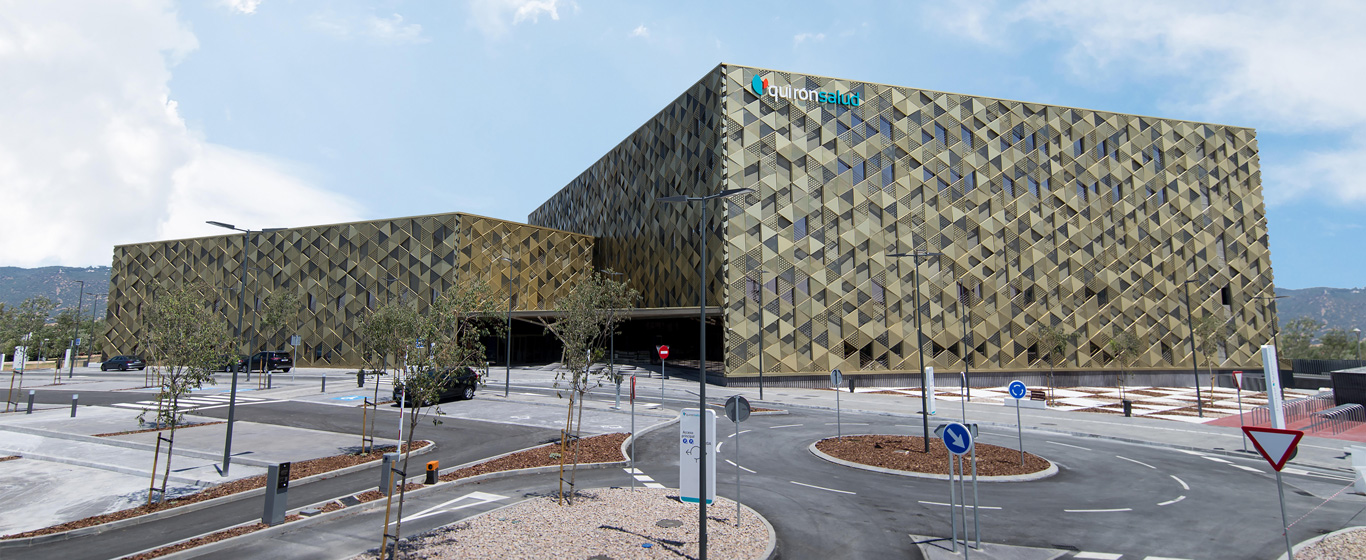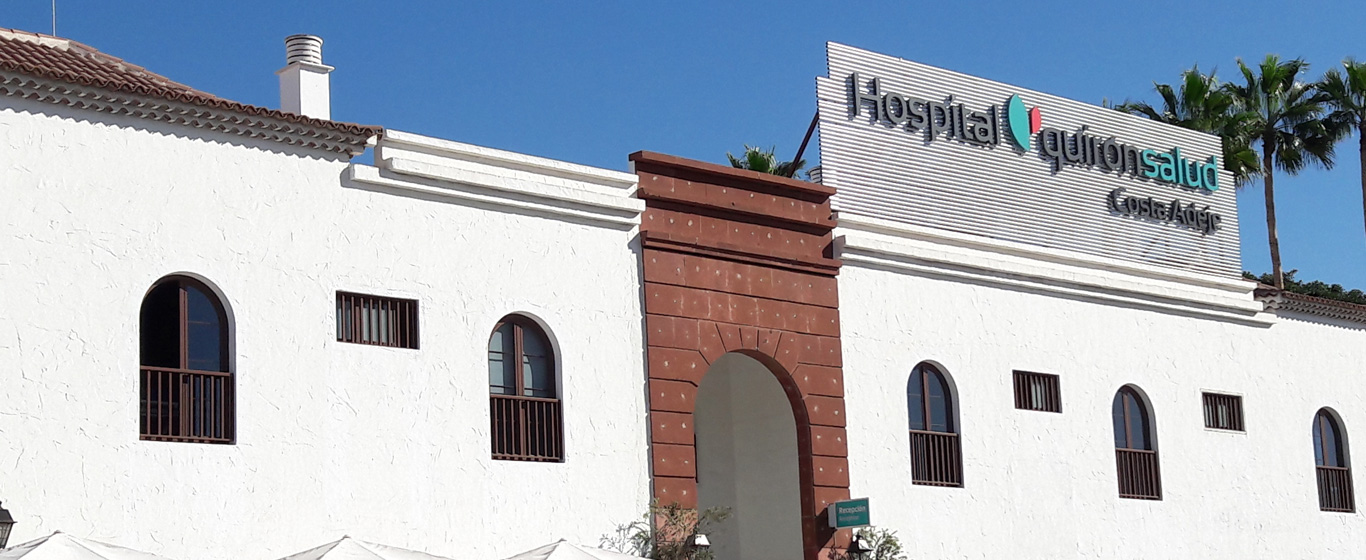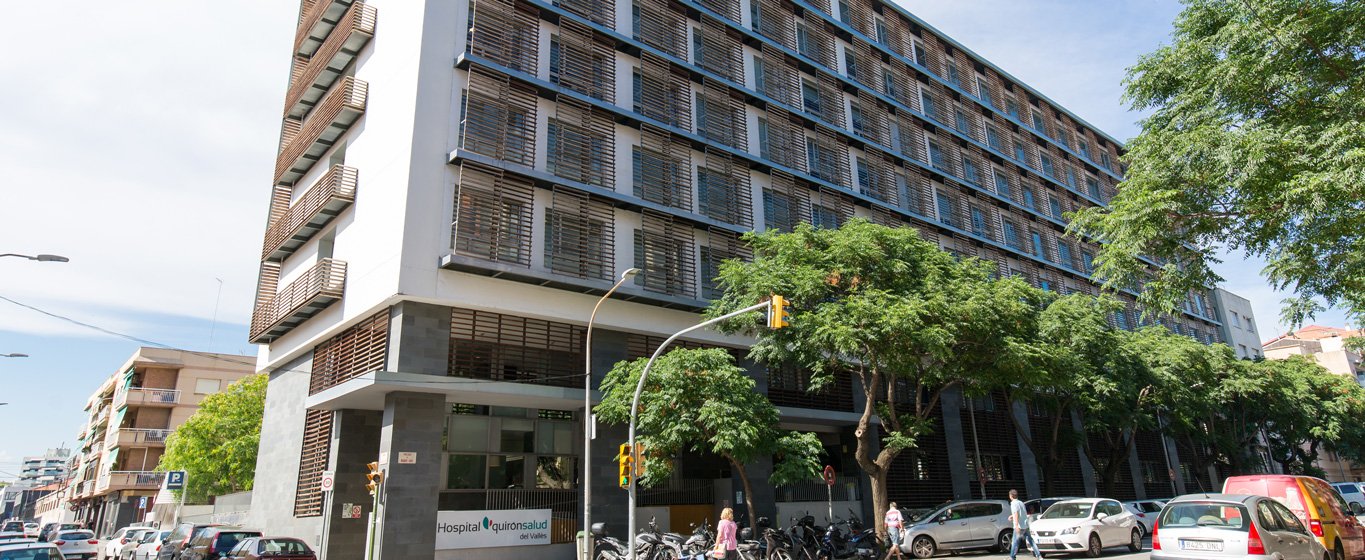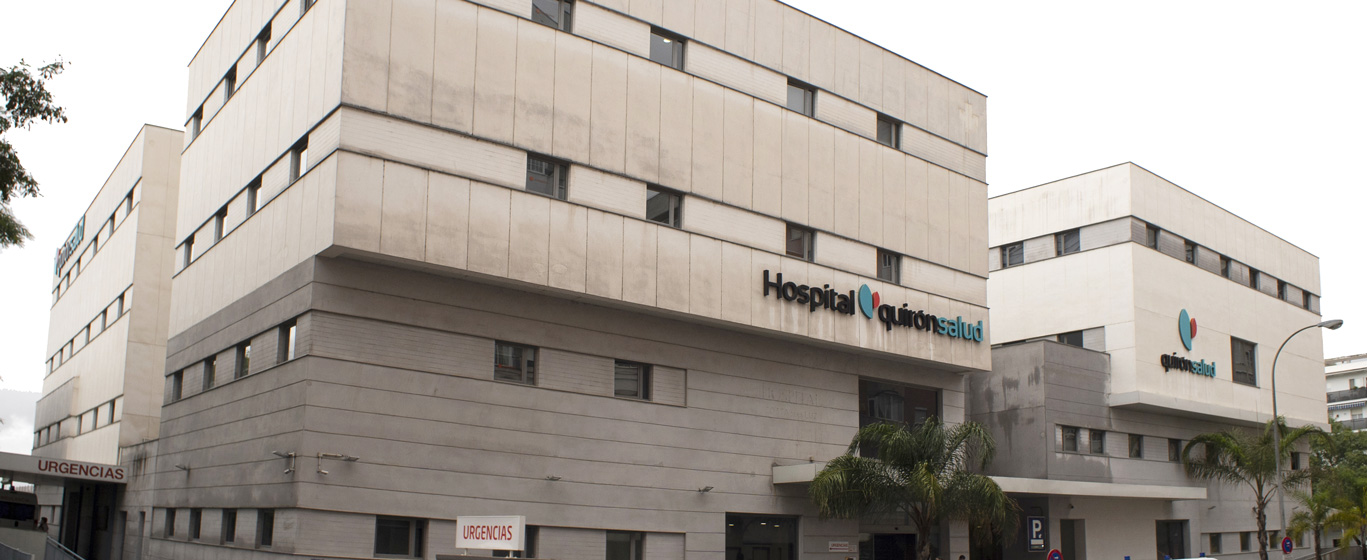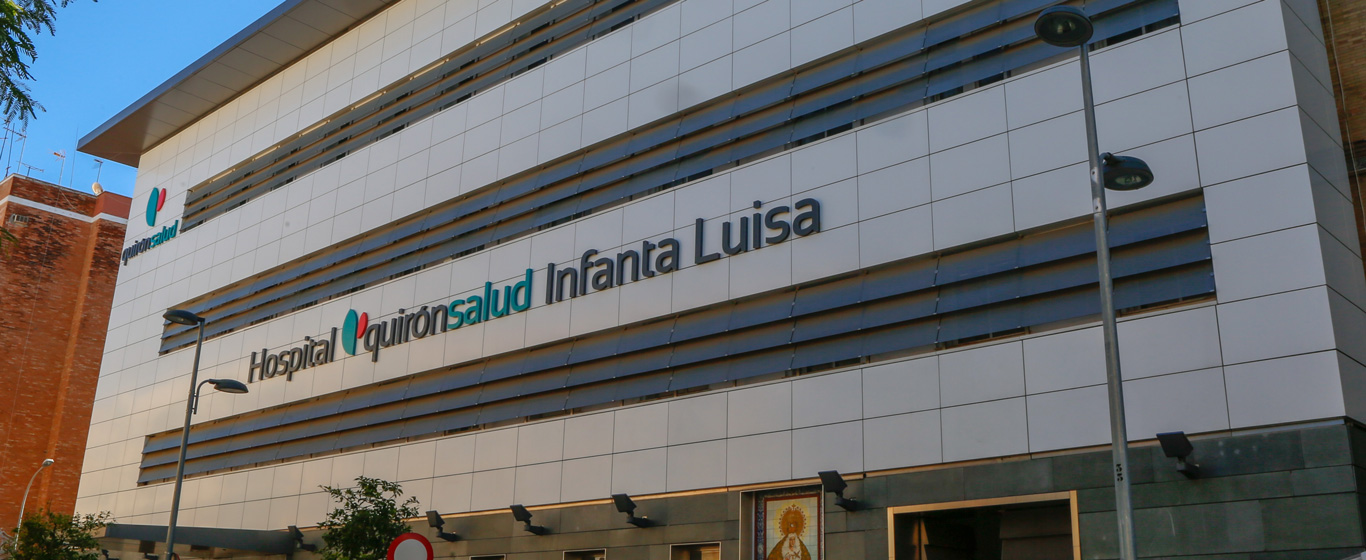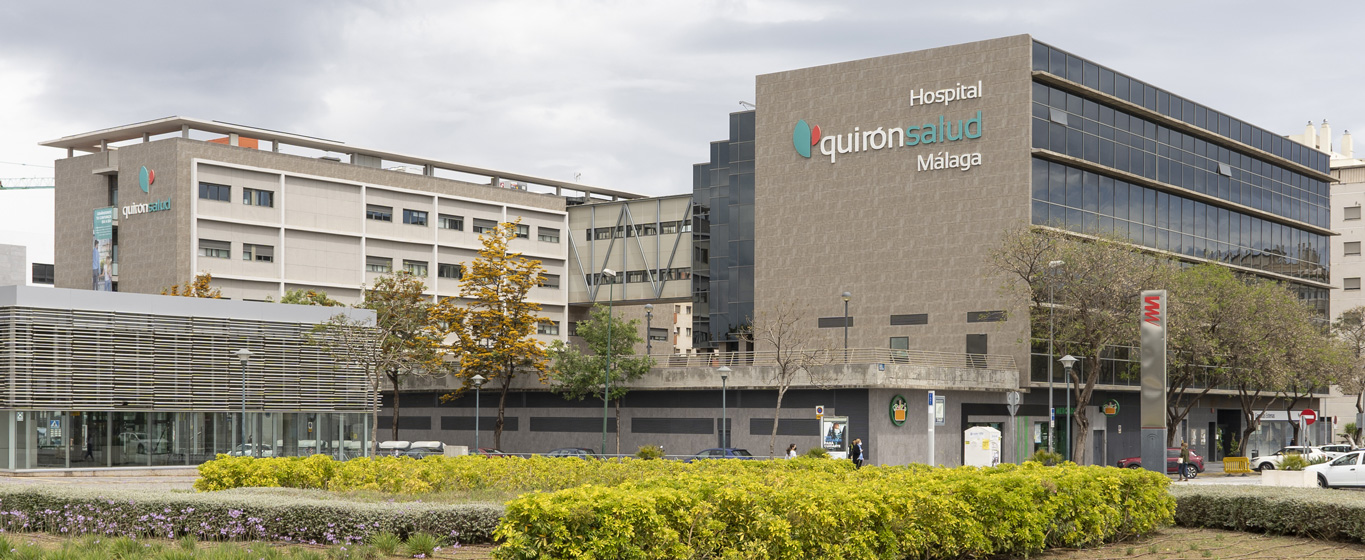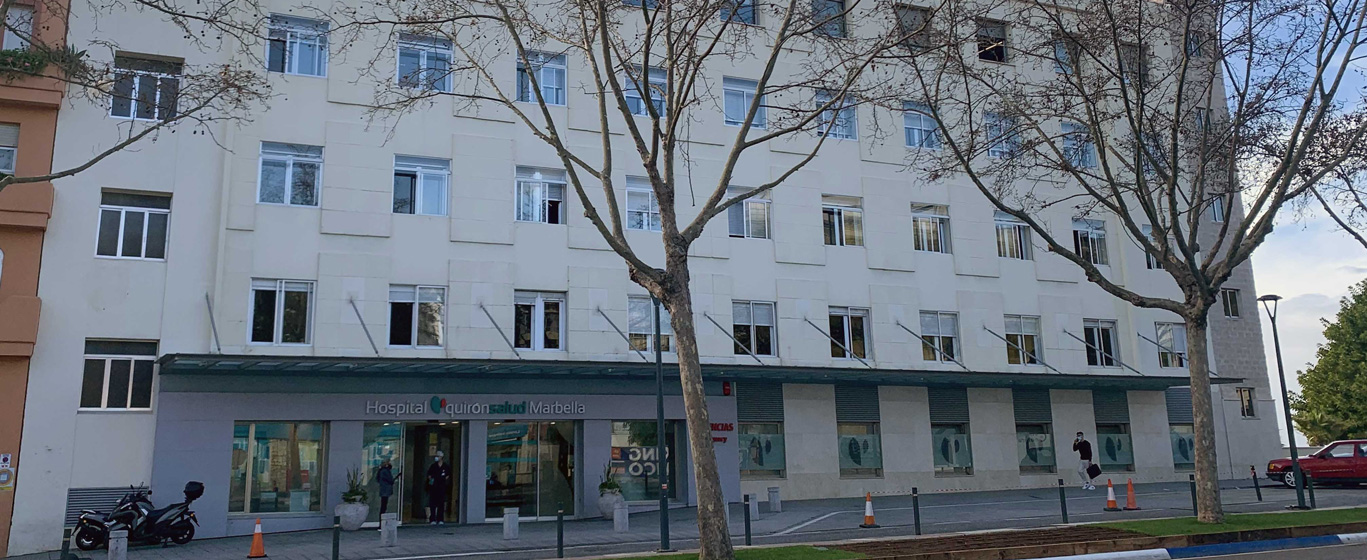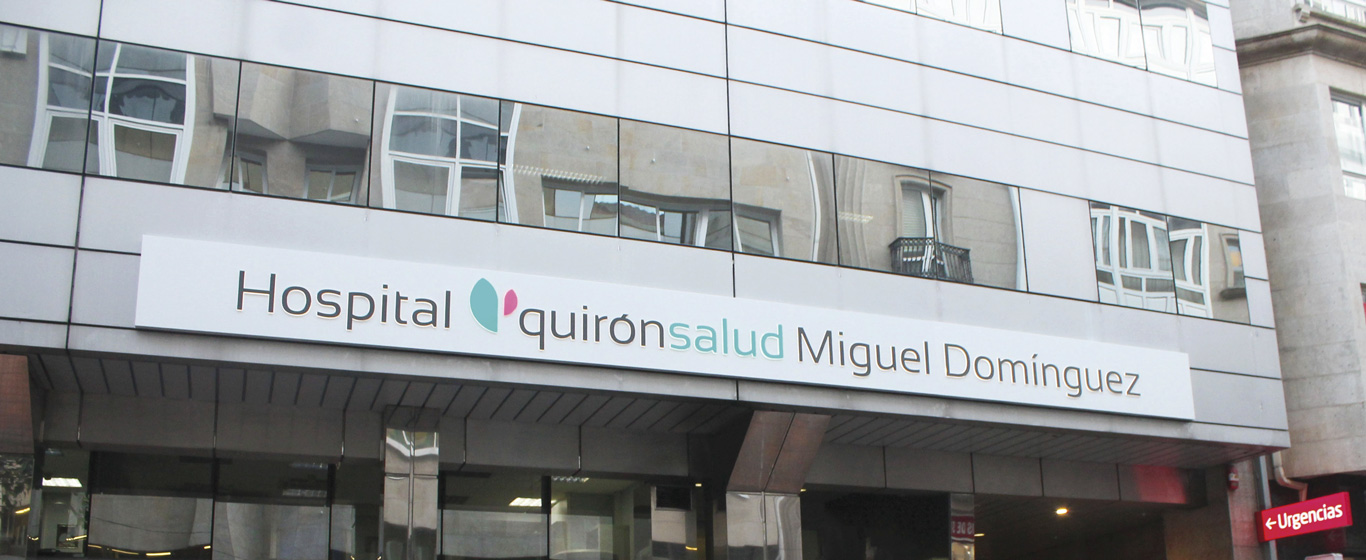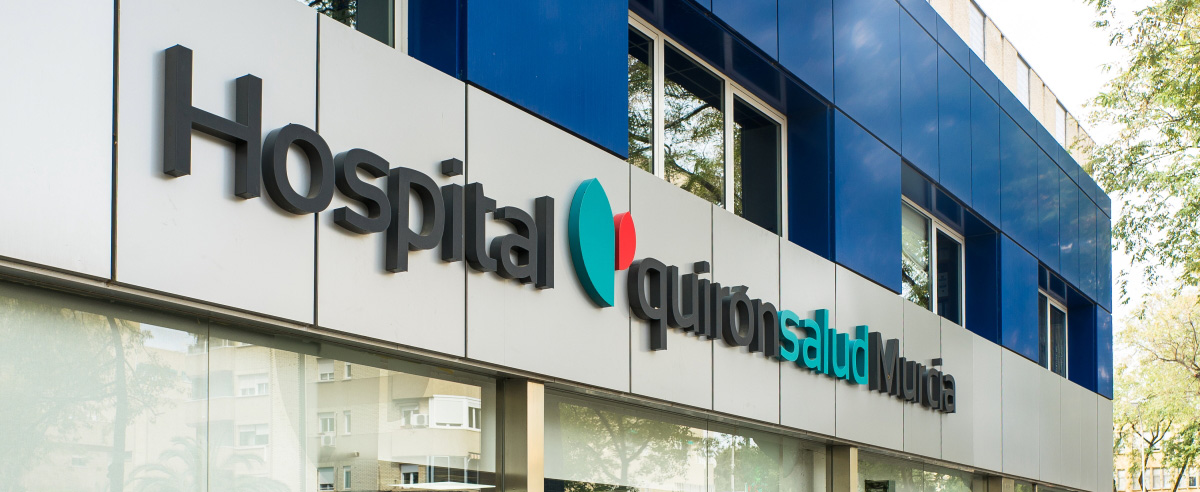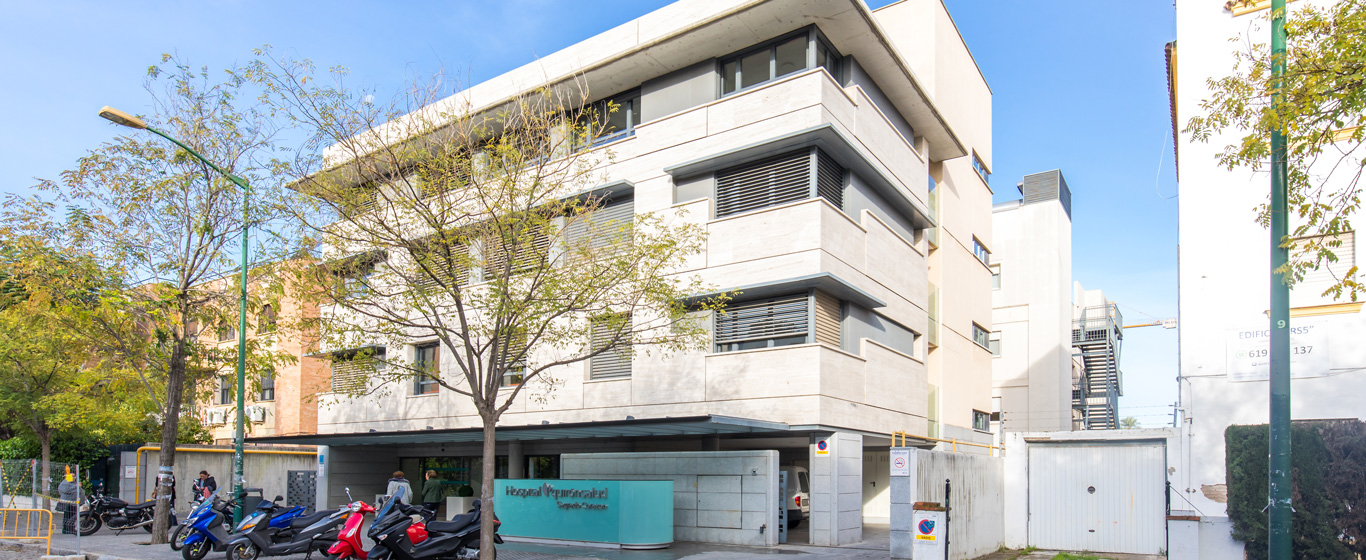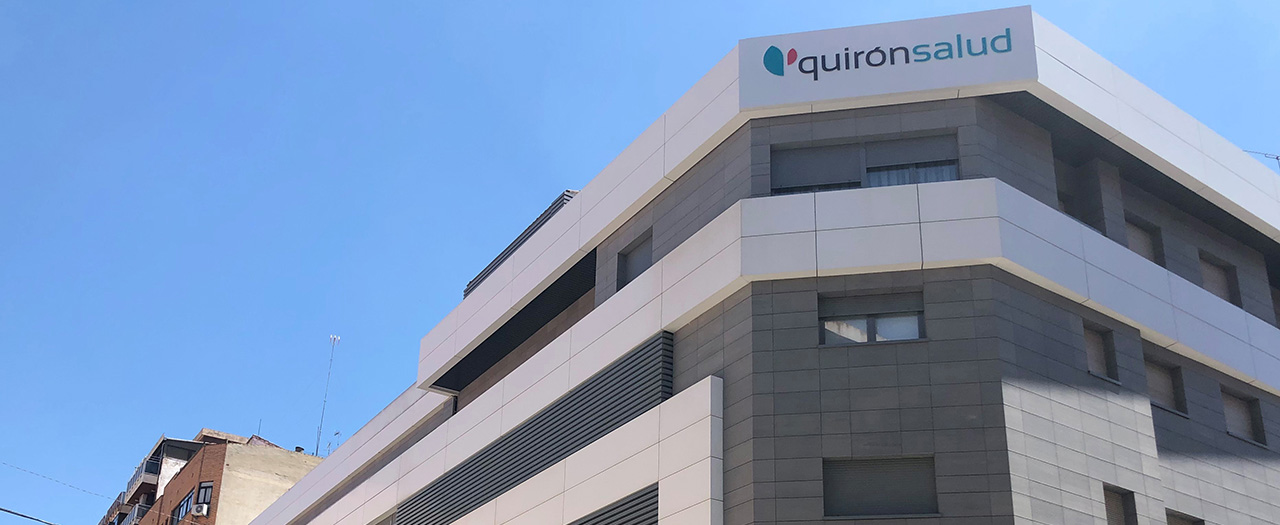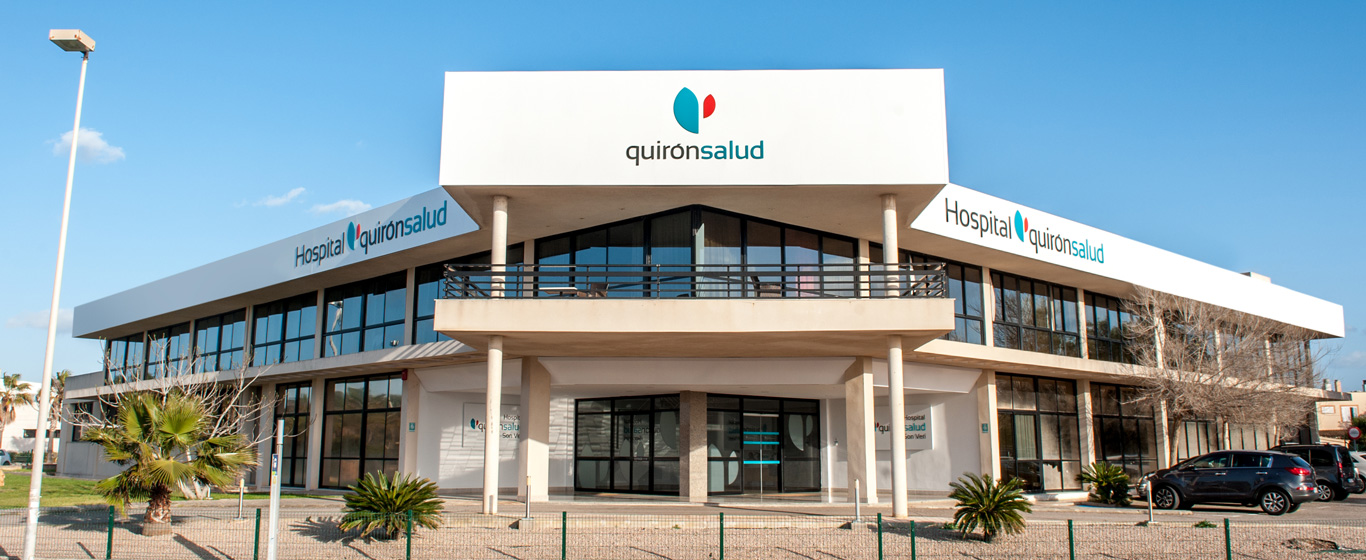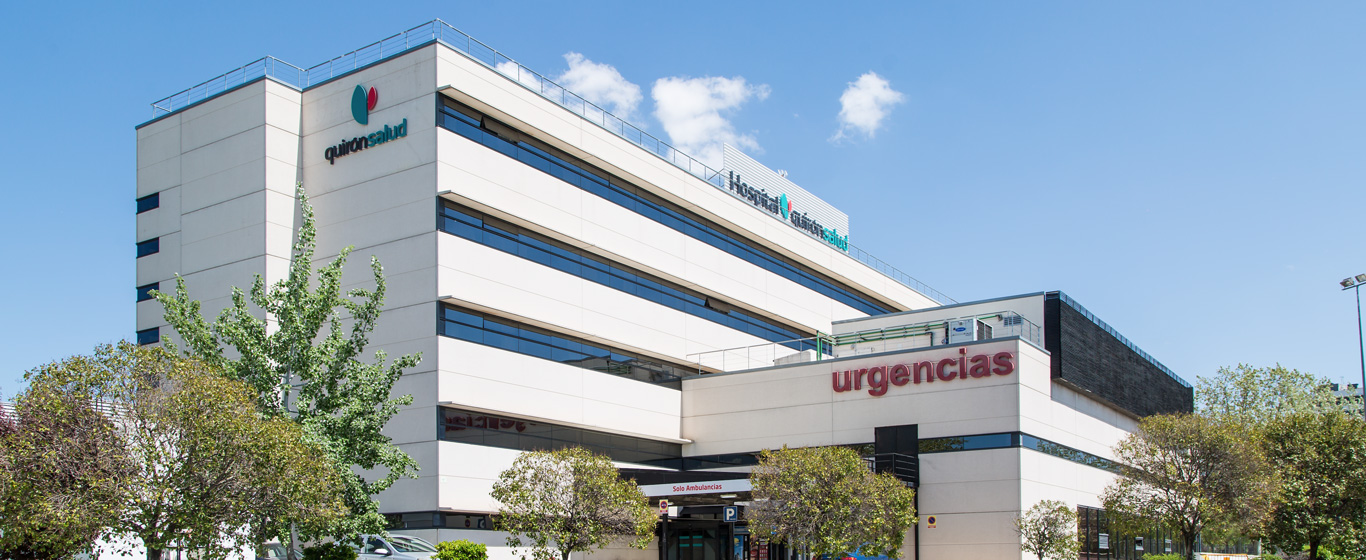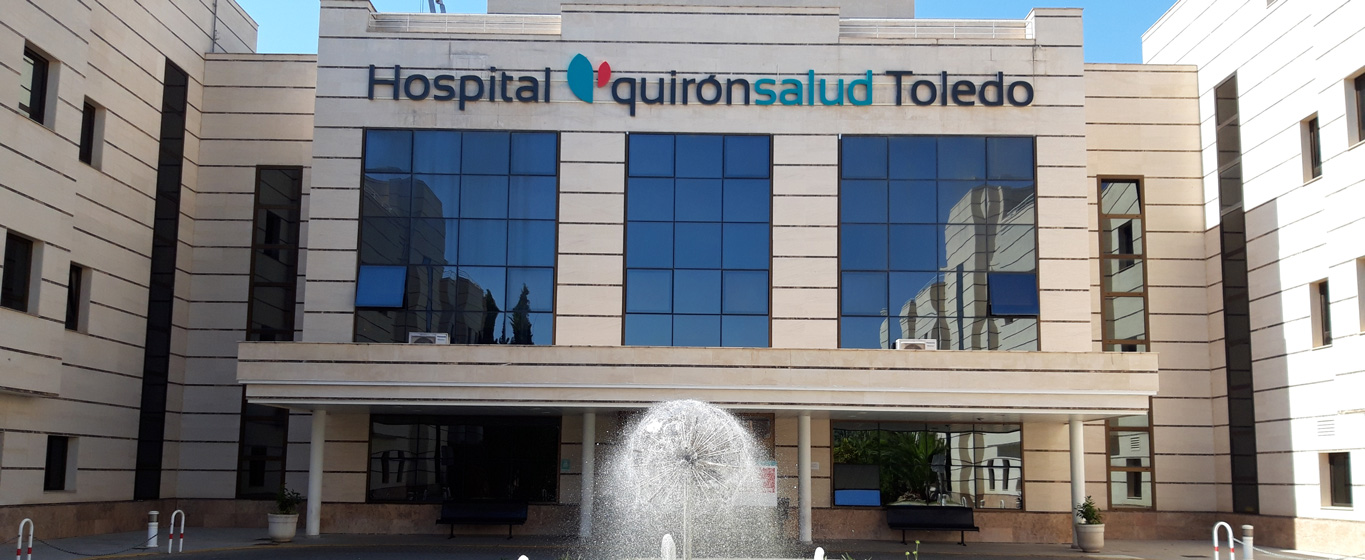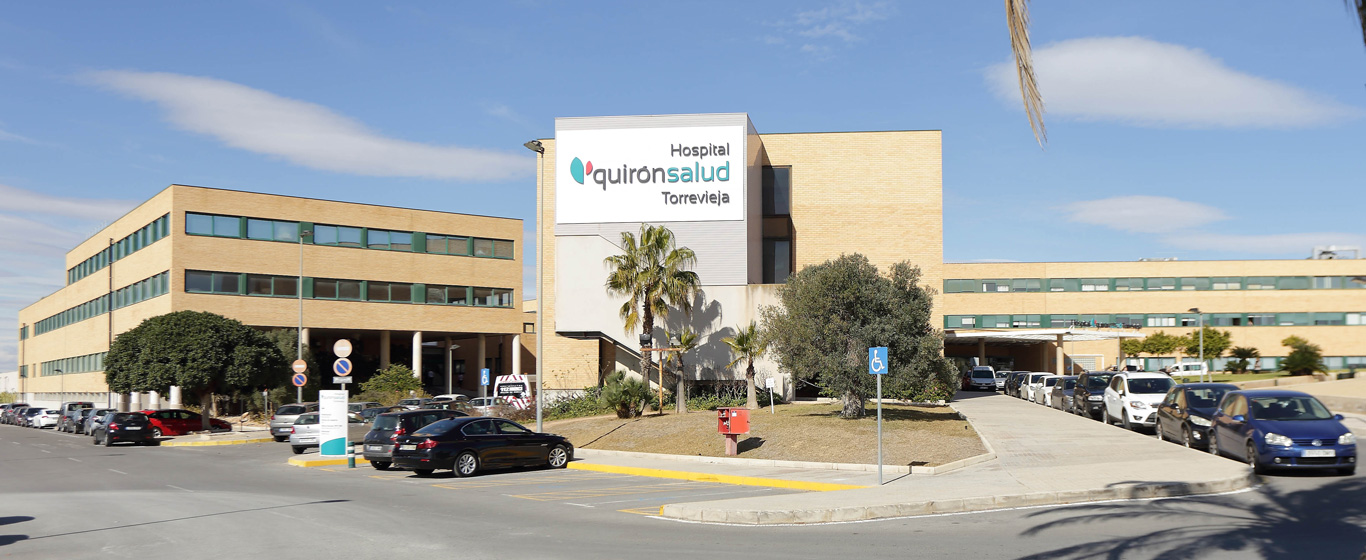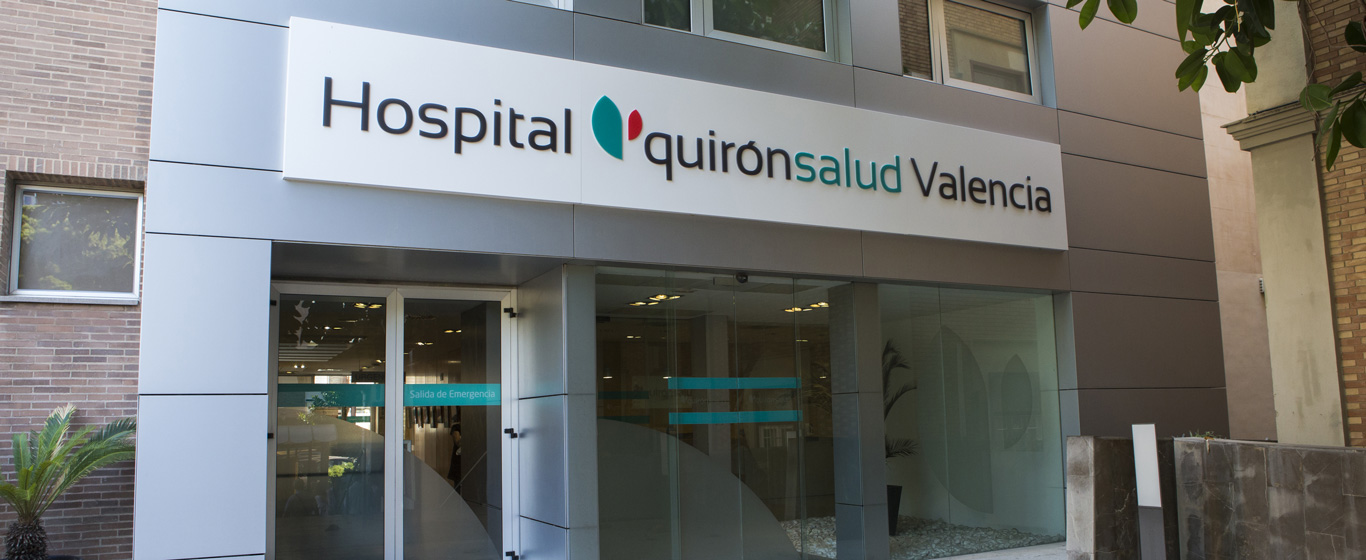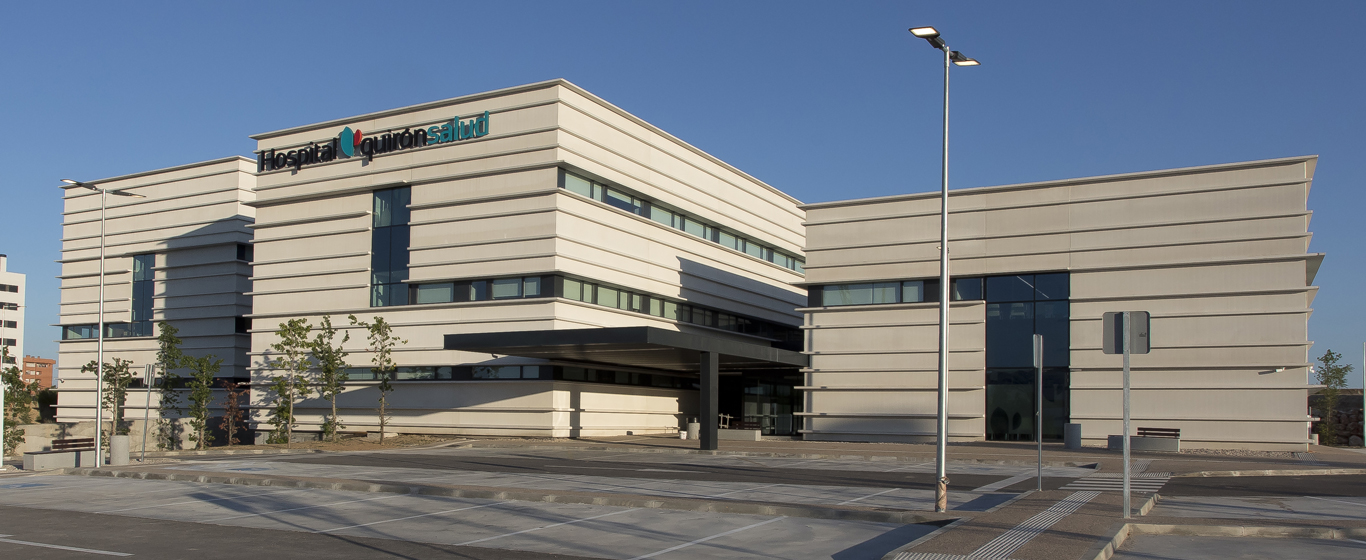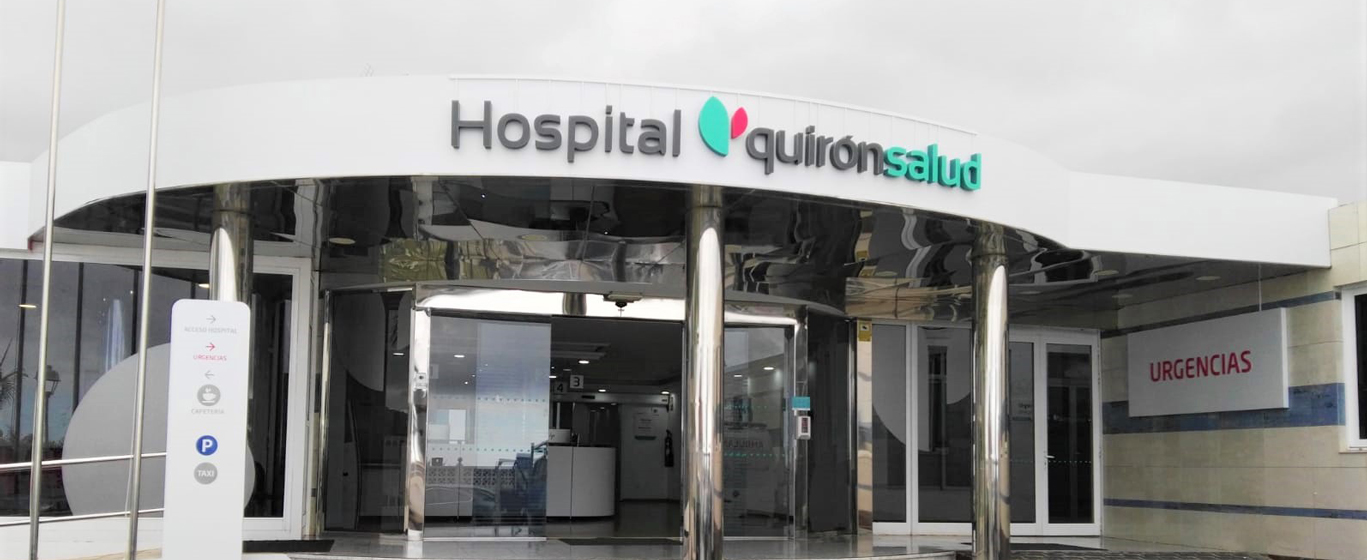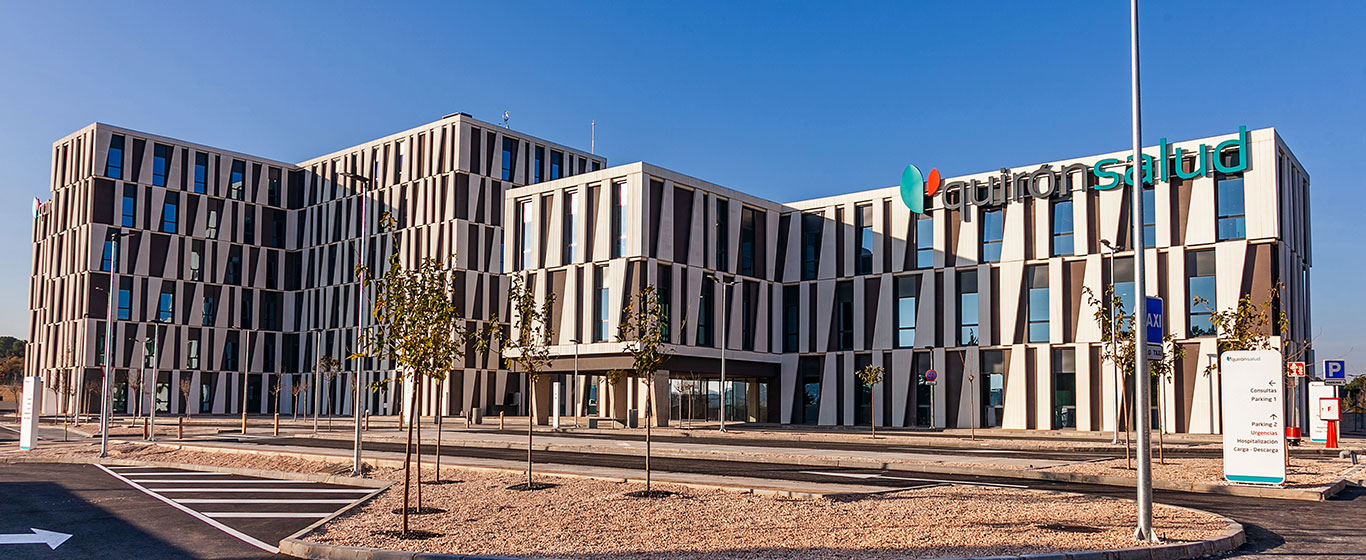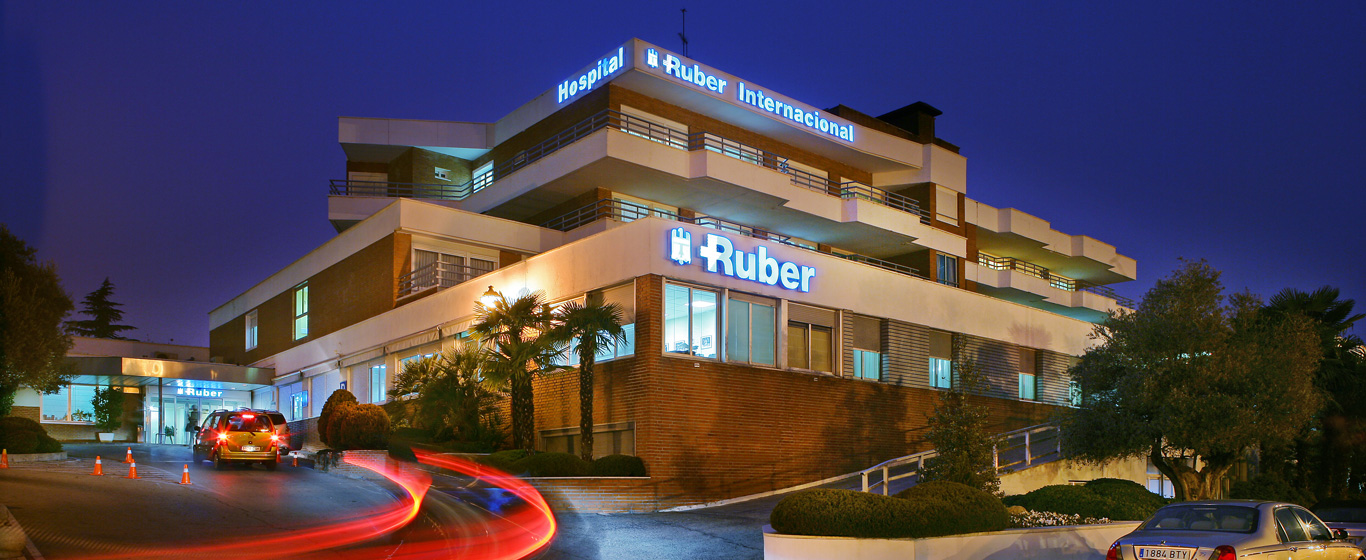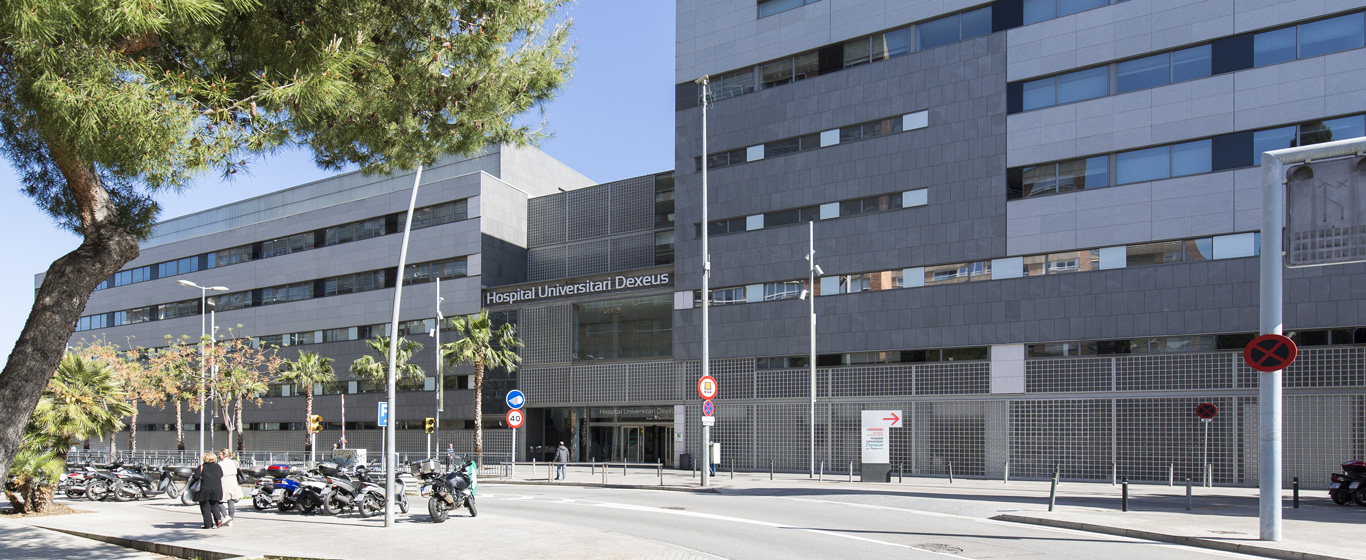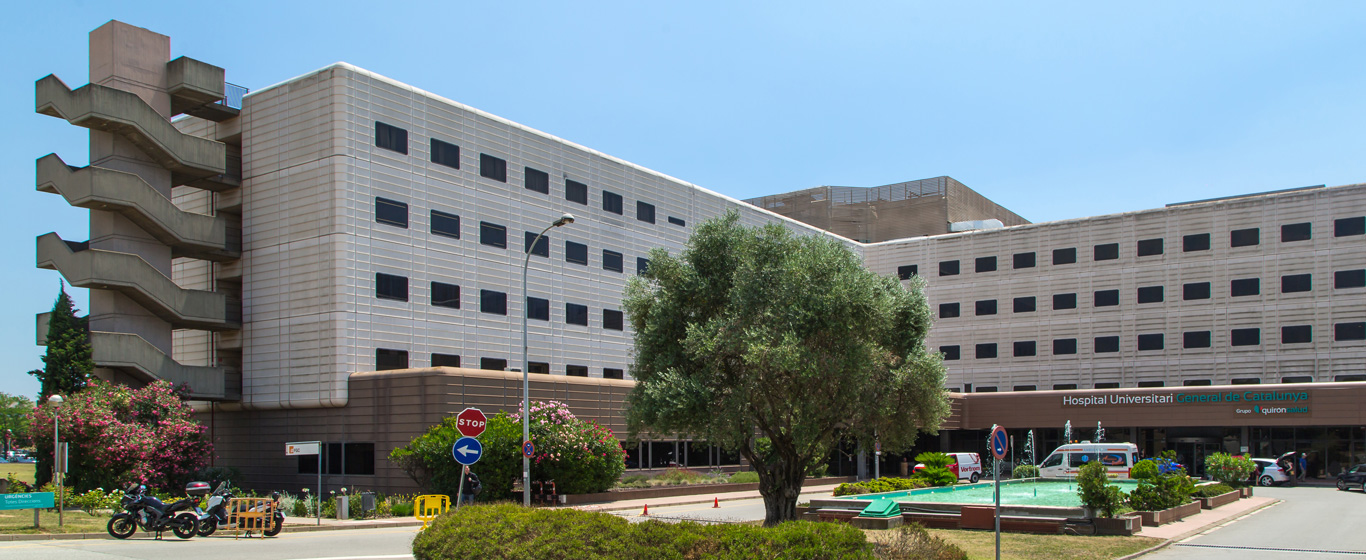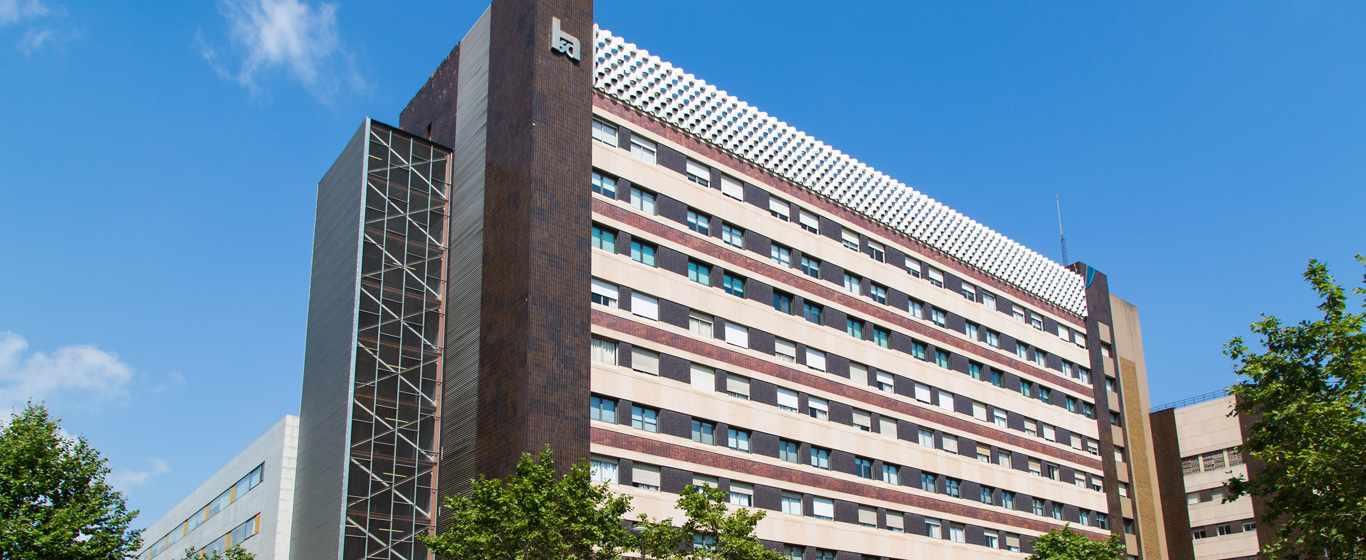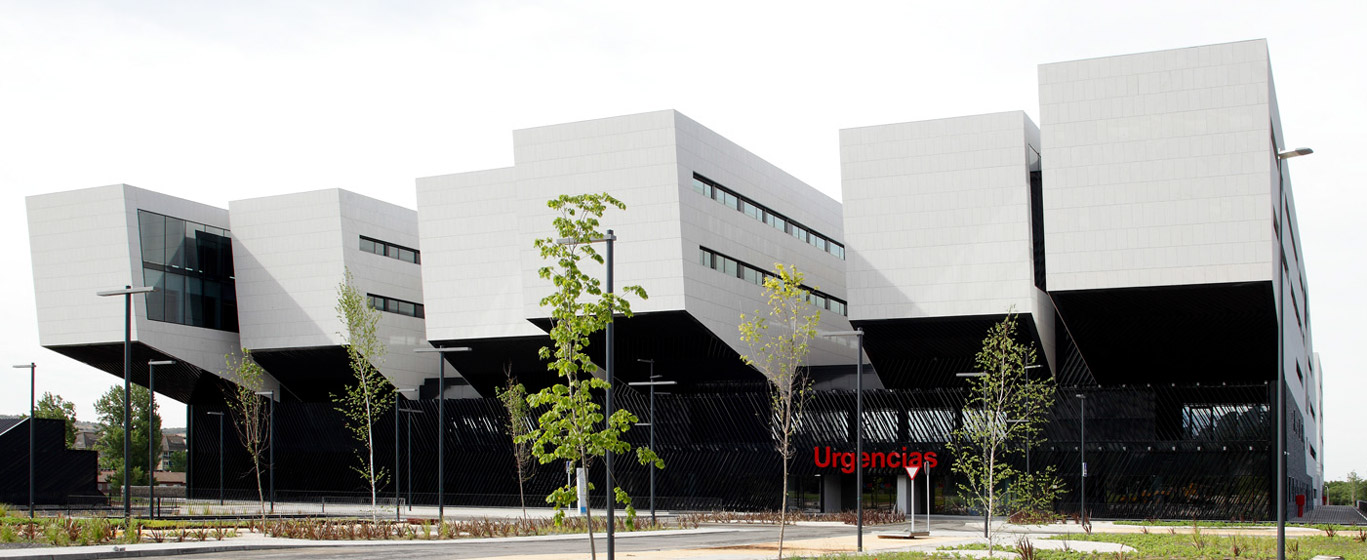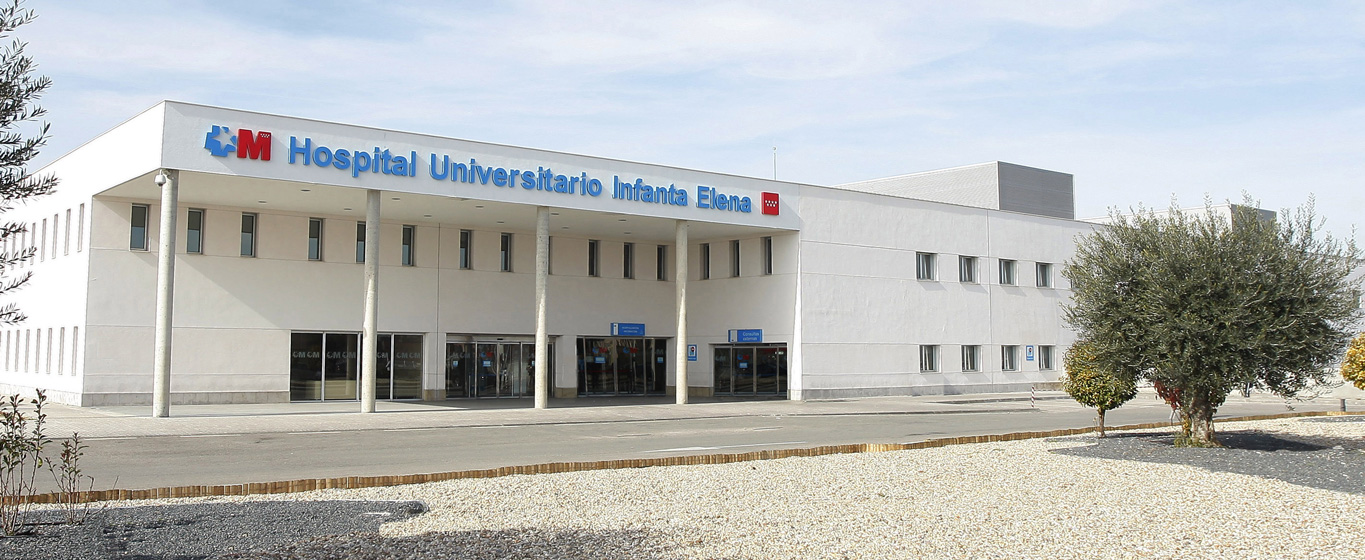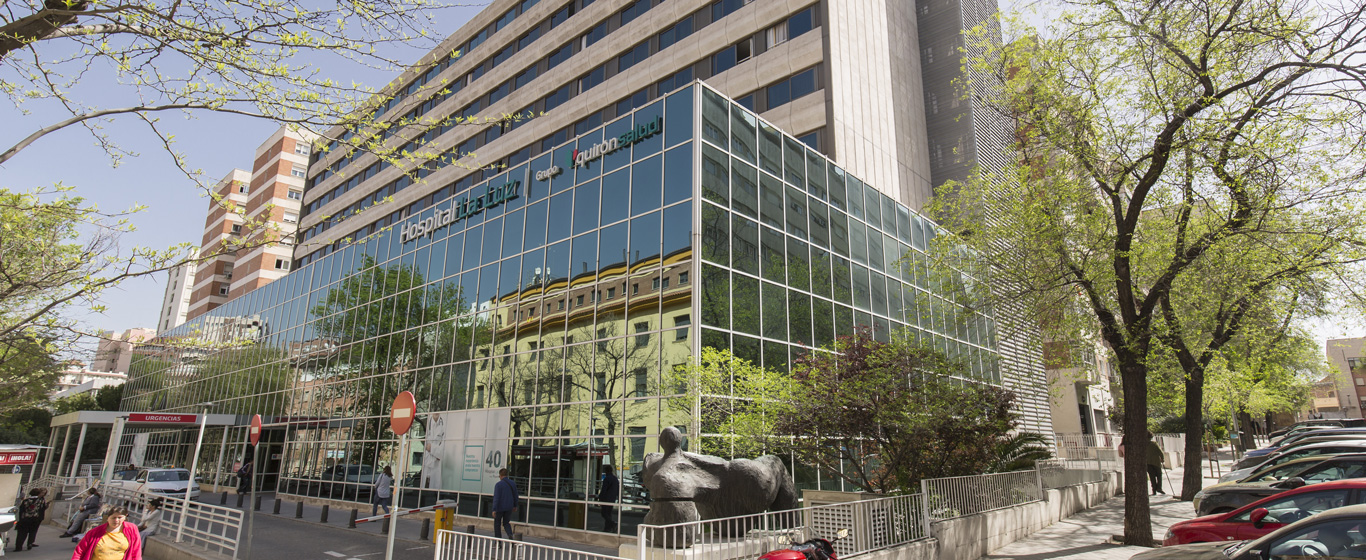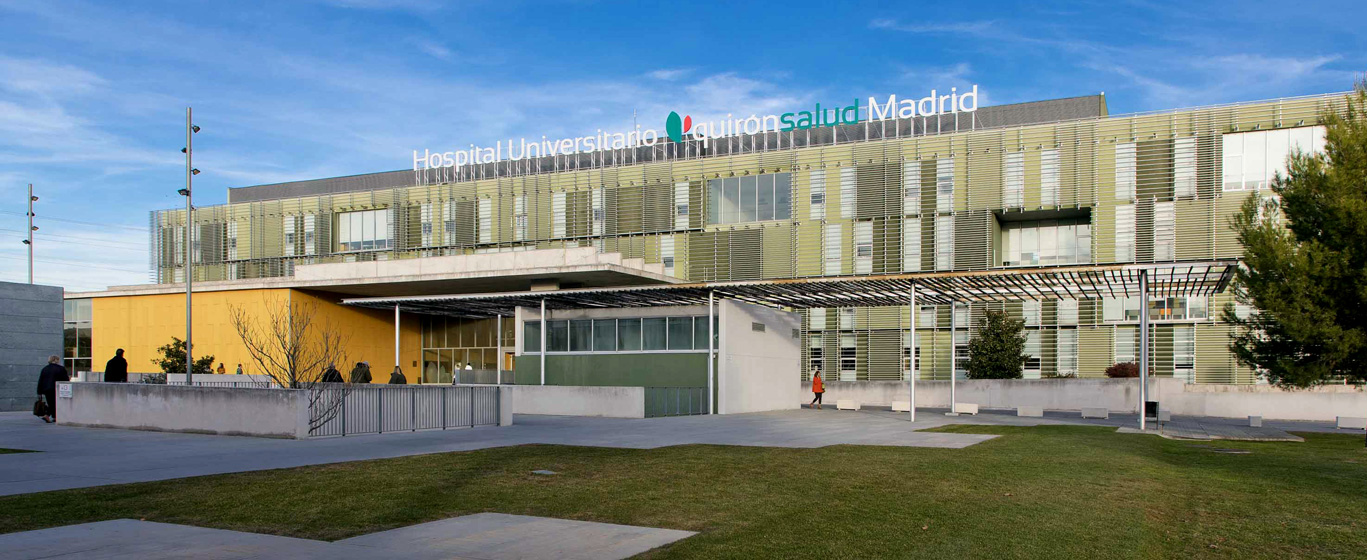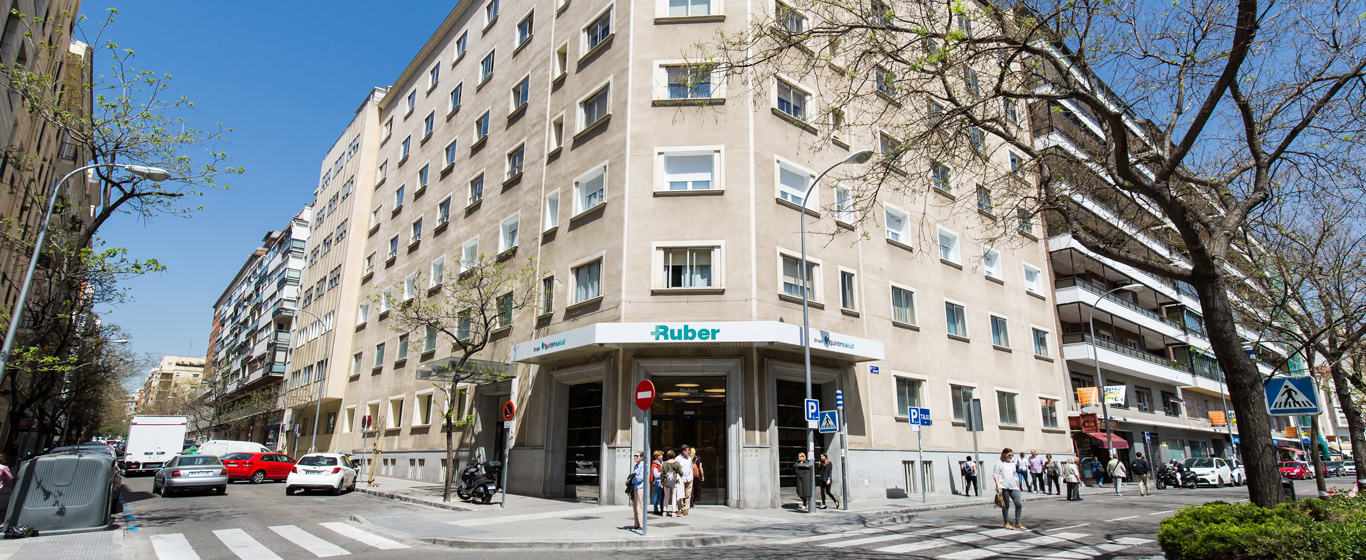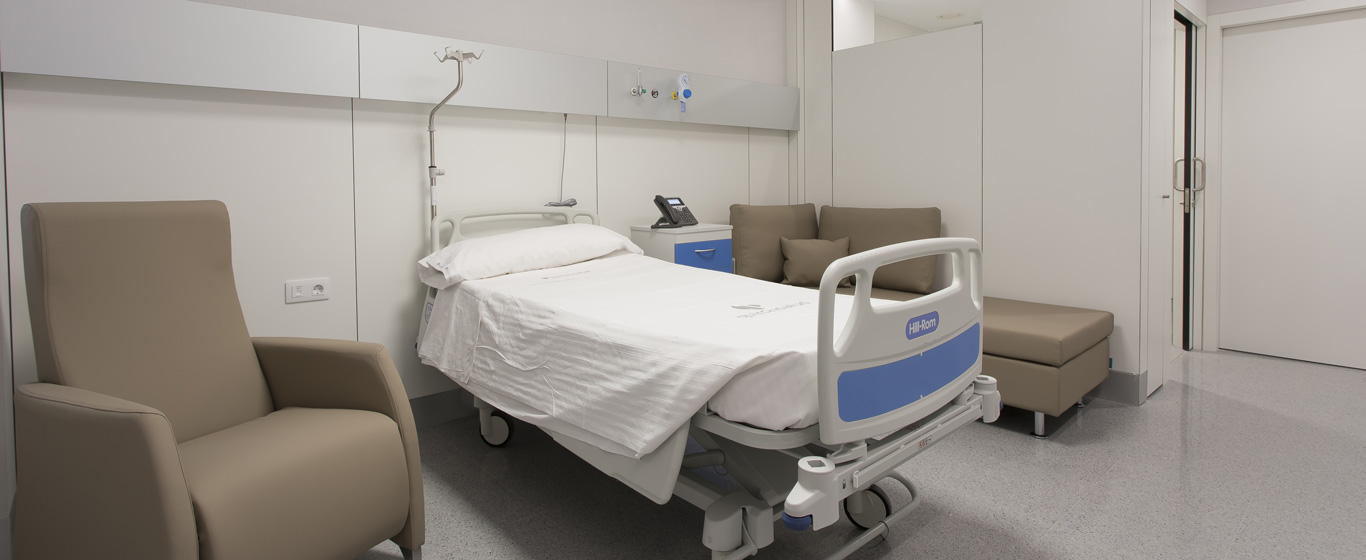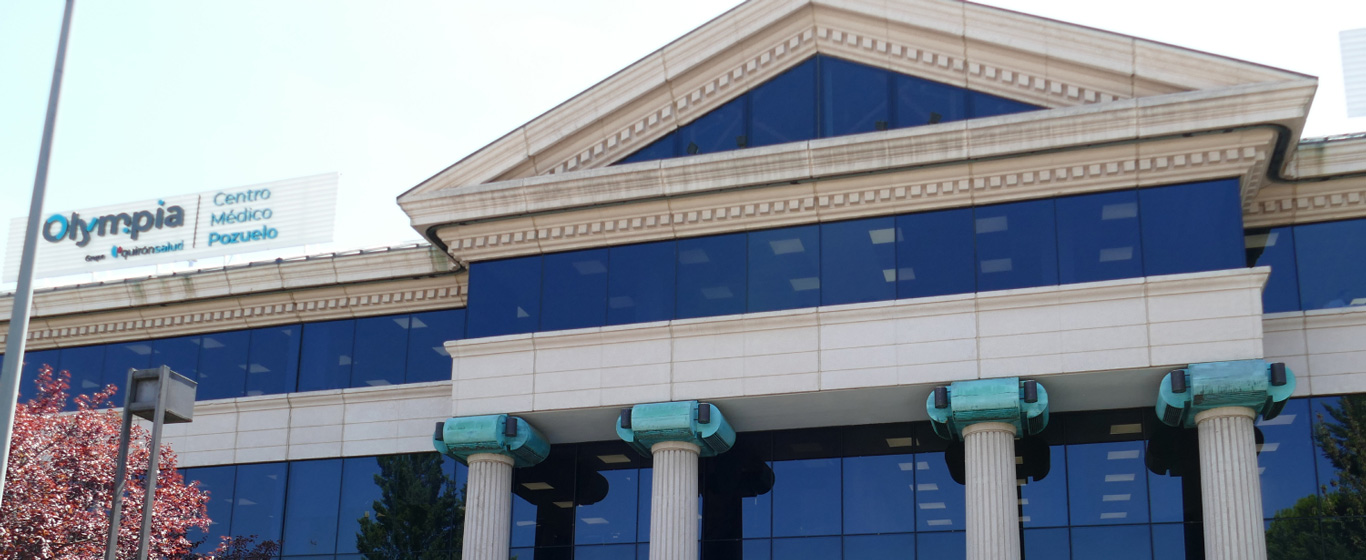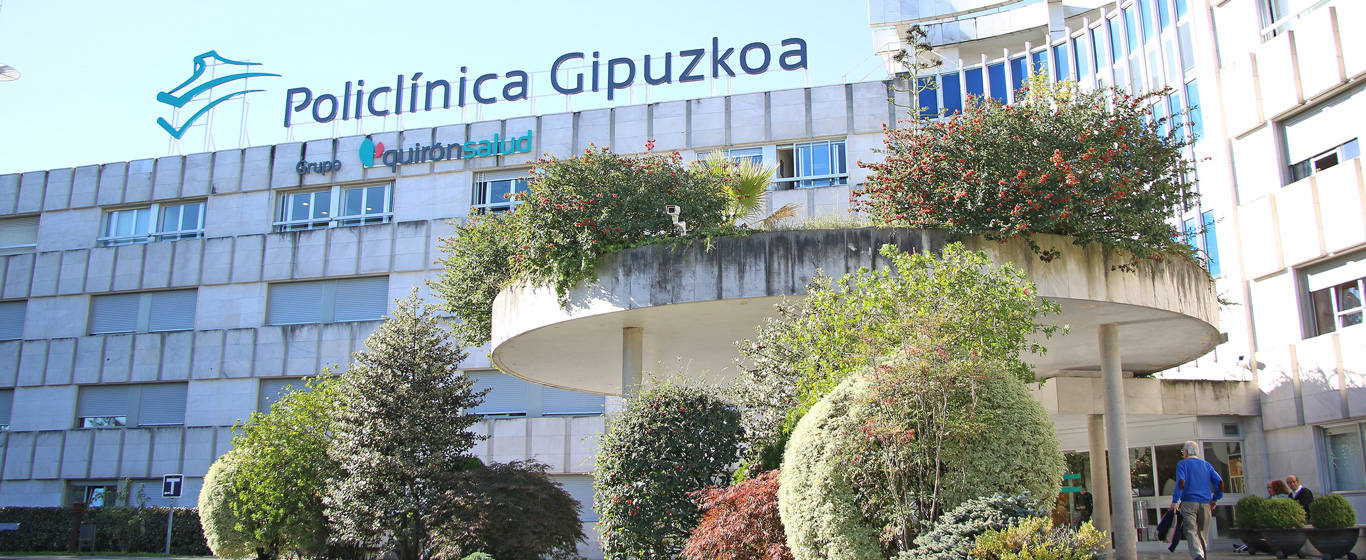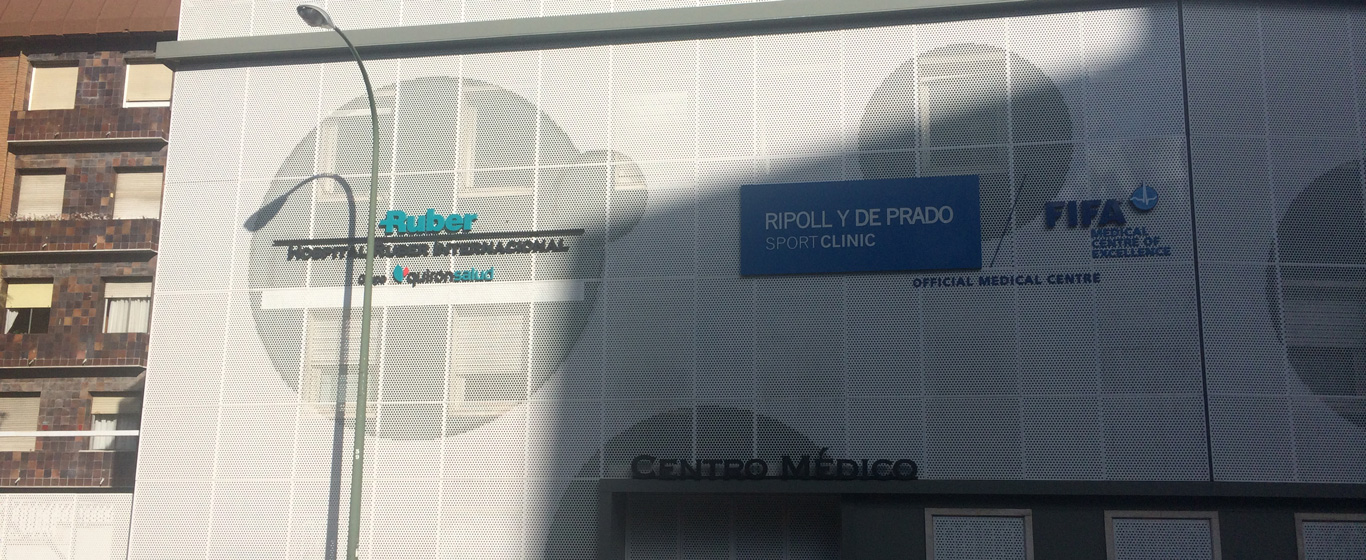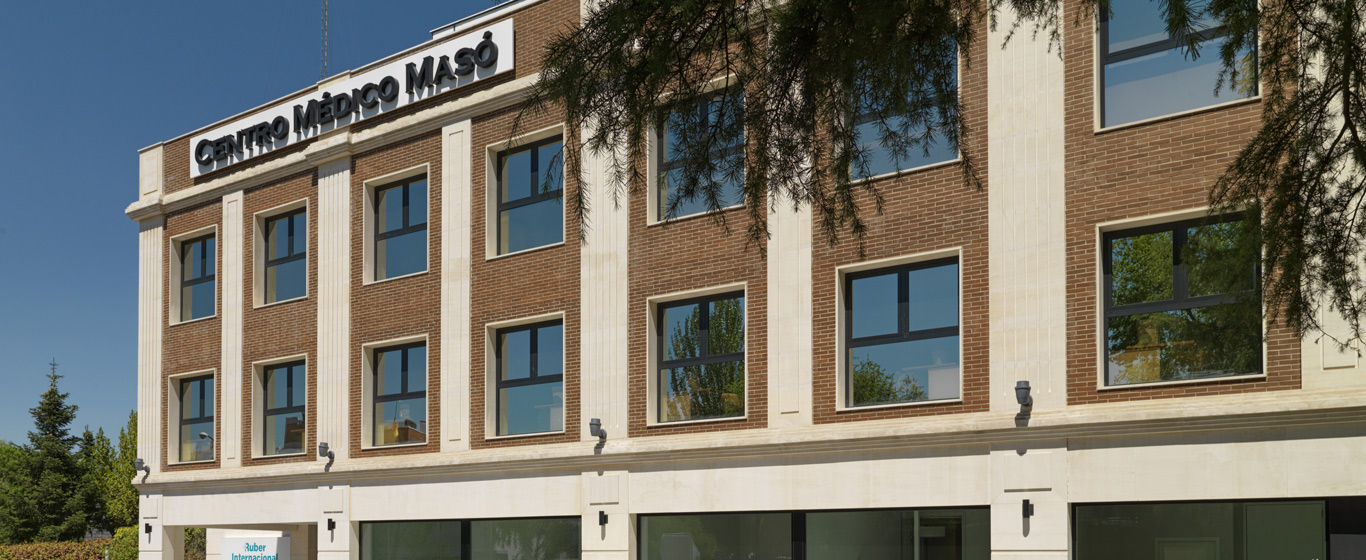Chest Computed Axial Tomography (CT)
Chest CT provides detailed images of the organs and structures within the thoracic cavity. It is a non-invasive test using minimal X-ray radiation.

General Description
Computed axial tomography (CT), also called computed tomography (CT) or chest scan, is an imaging technique that uses X-rays to produce representations of structures and tissues located between the neck and abdomen. Using minimal radiation dose, transverse slices are obtained and superimposed to create a three-dimensional depiction of the internal anatomy.
The following structures can be evaluated with a chest CT:
- Organs: heart and lungs.
- Blood vessels: aorta, pulmonary arteries and veins, superior and inferior vena cava, and intercostal vessels.
- Airways: trachea, bronchi, and alveoli.
- Lymph nodes.
- Esophagus.
- Thoracic cage: ribs and sternum.
Chest CT aids in diagnosing various diseases and is useful for surgical planning and assessing treatment efficacy.
Indications
Chest CT is generally indicated in the following scenarios:
- Further evaluation following abnormalities detected on conventional chest X-rays.
- Investigation of symptoms such as cough, chest pain, respiratory failure, or fever.
- Monitoring progression of malignant tumors.
- Assessment of lesions.
- Radiotherapy planning.
Common diseases diagnosed by thoracic CT include:
- Pneumonia
- Pneumoconiosis
- Tuberculosis
- Cystic fibrosis
- Pulmonary fibrosis
- Pulmonary empyema
- Bronchiectasis
- Pulmonary edema
- Interstitial lung disease
- Pulmonary emphysema
- Pulmonary embolism
- Coronary artery disease
- Pericarditis
- Cardiomyopathies
- Congenital anomalies
- Malignant tumors
Due to increased radiation sensitivity in children, including fetuses, chest CT is contraindicated in pregnant women, breastfeeding mothers, and individuals under 18 years of age. Safer alternatives are sought in these cases.
Contrast use is contraindicated in patients with renal, cardiac, or thyroid diseases.
Procedure
For a chest CT scan, the patient lies supine on a table that slides into a circular gantry. The device emits ionizing radiation beams that penetrate the body. Each tissue type absorbs these rays to varying degrees depending on its characteristics, resulting in different shades of gray on the images.
To acquire images from multiple angles, the machine rotates around the patient while the table moves slightly forward and backward. The exiting radiation after traversing the body is captured in slices between 1 and 10 millimeters thick. These images are processed by a computer to create a three-dimensional visualization.
When more detailed images are required, contrast agents composed of barium, iodine, or gadolinium are used. These substances are absorbed in greater amounts by certain tissues, especially cancerous cells and blood vessels, which appear brighter on the images.
Risks
The risk of undergoing a chest CT scan sporadically is very low. The radiation dose received during a thoracic CT is approximately 8.8 millisieverts, equivalent to natural background radiation (without pollutants) over three years. For lung cancer screening CT (1.5 mSv), the exposure corresponds to about six months of natural background radiation.
Patients undergoing frequent CT scans may have an increased lifetime risk of developing various types of cancer.
Allergic reactions to contrast agents are rare. When they occur, symptoms are usually mild, such as itching or redness.
What to Expect
Before entering the scan room, patients change into a hospital gown and remove any metallic items, including jewelry, dentures, hearing aids, glasses, and some types of makeup.
The chest CT scan is non-invasive and painless, except for the moment the contrast agent is injected into a peripheral vein. The injection may cause a brief pinch. It is common to experience transient tachycardia and warmth sensations in the arm, chest, and genital area as the contrast distributes, which resolve within minutes. When examining the esophagus, oral contrast administration is typically used.
During the test, lasting 10 to 30 minutes, patients must remain as still as possible to ensure sharp images. Movement of the table and low-level noises from the machine are normal.
Technicians monitor the patient from an adjacent room, with microphones allowing communication if necessary.
Patients may resume normal activities immediately after the CT scan.
Specialties Requesting Chest CT
Chest CT is performed within radiology to provide diagnostic information to specialists in internal medicine, cardiology, pulmonology, orthopedic surgery and traumatology, oncology, and cardiothoracic surgery.
How to prepare
On the day of the exam, patients are advised to wear comfortable, easily removable clothing. They should attend the appointment without metallic objects since these are not allowed in the radiology suite.
Patients scheduled for contrast-enhanced chest CT must fast for 6 to 8 hours prior to the procedure.




